Croatia Part 1: From Trieste via Slovenia to Istria
Let’s explore the Balkans (7)
Due to the new COVID-19 travel restrictions in Slovenia we only had 12 hours to cross the country and planned our route accordingly. There were two possible options: following the main road from Trieste to Rijeka in Croatia and then continue to visit the Islands of Cres and Mali Losinj as per our original plan; or we would follow the Parenzana Cycle Path via Slovenia and continue along the Westcoast of Istria to Pula. We decided in favor of the Parenzana route so we could spend more time in Istria.
Along the Parenzana route
We left Trieste in style – by the water - and took the public morning ferry to Muggia, which is close to the Slovenian border. We were feeling a little insecure if the border crossing to Slovenia would go smoothly. We missed the big main border crossing due to the bad Italian signage and landed on a very small side road and another minor border crossing instead. That was good news for us, because this border was unguarded and we could easily cross into Slovenia. Now the 12-hour-transit rule didn’t apply to us anymore. We were so relieved and couldn’t stop laughing. Maybe we could have even crossed at a border in the north and continued our plan with the Soča valley in Slovenia? Who knows.
A couple of minutes later we realized that this small border crossing probably only existed for Italians refueling their cars cheaply, judging by the long queue in front of the gas station. We cycled along the Parenzana Cycle Path, a former narrow-gauge railway line between Trieste in Italy and Poreč in Croatia. The road partly follows the coast, includes only moderate climbs and takes cyclists through pitch-dark railway tunnels and past vineyards, olive groves and forests. It was a delight traveling on this route. The 123 km long path is very well paved and signed in Slovenia. In Croatia it is a different story at the moment and it’s recommendable to travel with a mountain bike and without luggage.
All the towns we passed through on the Slovenian Riviera were neat and clean and the landscape was lovely with gentle hills and olive trees. The few hours we spent in Slovenia weren’t enough to get an impression of the country that went beyond realizing that Slovenians like to cruise along the coast with their inline-skates.
We arrived at the second border crossing of the day in the afternoon and it was no problem at all. We were just waved through and no one wanted to see our entry form, even though we booked our first accommodation in Croatia just for that reason. We did enjoy our stay at the Casa Romantica La Parenzana anyways and especially the great food (Truffles everywhere!) at the Restaurant Parenzana.
Let’s introduce: the key holder of Buje
The Istrian Peninsula welcomed us with picturesque medieval towns perched on cliffs, olive groves and truffle-filled forests. The first stop was Buje with its winding streets, a striking medieval tower and restored city walls. Most of the sights, churches and monuments here date back to the time of Venetian rule. There is supposed to be a great view from the top of the clocktower according our travel guide book. We made our way up the steep road to the center and found the tower doors closed and no information about opening hours anywhere. We stood on the square looking a little bit lost and then he arrived: the key holder of Buje, the absent-minded professor Dr. Bruno.
Of course, we didn’t know then that he was a professor, just an old man suddenly appearing with the right set of keys and telling us, that there was also another interesting tower worth visiting. He accompanied us and opened up the clocktower. In the dark entry hall there was a display of all the Art History books he has written and there were many of them. He introduced himself as Dr. Bruno and told us how proud he was of his daughter, a doctor living in Canada. Then he jumped to the next topic – Croatia under the fascist rule when the inhabitants of Buje weren’t allowed to study. And while walking along the city wall to the next tower he mentioned, that today’s residents wouldn’t have a clue and can’t do anything right, including the manufacturers. For example, he pointed out 11 historical mistakes made in the pavement. Well, we couldn’t really recognize the inconsistency, but then again, we didn’t study Art History of the Istrian Peninsula (who has?). But what we did, was enjoying the view from the towers and we were so delighted about this wonderful yet strange encounter with this unique Buje character.
The Mramornica Cave near Brtonigla
A few kilometers further we had the next great encounter, when we visited the Marble (Mramornica) Cave near Brtonigla. It turned out that the women working on the ticket counter is also the official cave guide and a very dedicated one. The entrance to the cave was spectacular and we followed a steep spiral staircase down to a small opening leading to a ladder and then inside the cave. The Mramornica Cave is one of the largest and most beautiful caves in Istria and we discovered subterranean chambers decorated by multi-colored stalactites and stalagmites reaching the height of 13 m. Some of the formations are very bright and snow white and gave the cave its name Marble Cave. It has been known to locals for a long time and you could see the carving of names in the inner walls. Our guide was absolutely passionate about speleology and it was very interesting to follow her explanations and she made us understand the meaning of time in caves (everything takes very, very long). And we learned new things. Who would have thought that bats tend to return to the exact same cave spot each year for their winter break? That first day in Croatia was a great start and we were looking forward to the days ahead.
The charming towns of the Istrian Peninsula
After medieval towers and the Marble Cave it was finally time to return to the sea and to discover the charming towns of the Istrian Peninsula. Our first stop was the small town Novigrad with its cobbled stoned alleys and touristic infrastructure. The town obviously expected more tourists judging by the amount of souvenir shops and restaurants. We enjoyed the wonderful local cuisine that is influenced by Italian ingredients and we found our future favorite Istrian dish: Truffle Pasta.
We spent the rest of the afternoon on a beach and decided to camp by the sea as well. It was wonderful to hear the waves at night and waking up with direct view of the ocean.
We enjoyed the early morning hours in the touristic town of Poreč. And while others were still busy with their breakfast, we were the first ones to visit the famous UNESCO Site of Poreč - the Euphrasian Basilica with its intricate decorations. The basilica was built during the 6th century and it also contains remnants from the 4th century since it was built on top of a previous church. We also learned that the persecuted Christians used the sign of a fish for identification. Today the fish symbol can also be seen in the beautiful mosaics displayed.
The deceitful cycle routes of Istria
We followed a scenic cycle route along the coast and enjoyed a second breakfast and swam in the warm Mediterranean Sea. But soon a summer storm surprised us and we had to wait it out in a restaurant, that served really bad Pizza. We decided to continue despite the rain and paid a short visit to the small fishing town of Vrsar. Afterwards we thought we would give the cycle routes of Istria another try and this one started out pretty harmless, but soon turned into a mean gravel track including steep climbs planned for mountain bikers. Again. Not funny. After hours following the Lim-Fjord without really seeing it, we were at least rewarded with a beautiful forest in the afternoon light. Sometimes it doesn’t need much to forget about the exhaustion and the struggle and you just feel happy again. There are no obstacles, only opportunities. We’ll try to think of that the next time we follow a cycle route in Croatia.
Rovinj: definitely not a hidden gem
In the afternoon we cycled to Rovinj, the touristic top-spot of Istria and totally worth the hype with its location on a hilly peninsula. The picturesque old town with its cobblestone streets and colorful houses, art galleries, truffles stores and restaurants is beautiful indeed. We haven’t seen that many tourists anywhere on this trip and the narrow streets were full of people walking up to the church for the photogenic sunset view. COVID-19 suddenly felt very far away and social distancing didn’t seem to be a priority anymore; the restaurants and bars were jammed in the evening and it was hard to find a seat. It was too packed for us and also felt a little weird after our time in Italy, where everyone was wearing a mask constantly.
We left Rovinj early in the morning and followed a nice path among fragrant pine trees and alongside the ocean. The official cycle path led us through various big campgrounds including some naturist campsites, but no one seemed bothered by us. However, the nice cycle paths usually don’t seem to last too long and soon the road got bumpy and exhausting all the way down to Pula and we only reached our campground in the evening.
Roman Amphitheatre and modern markets in Pula
Pula lies on the southern tip of the peninsula and is the Istrian capital (population about 57’000). Despite being the region’s economic and administrative center, Pula has got a very relaxed vibe and is less touristy than Rovinj and other places in Istria. We stayed on a campground outside of the city and directly on the sea and had a full day to visit Pula. It is hard to miss the most iconic sight – the well-preserved Roman Amphitheatre. The Arena is one of the six largest Roman Amphitheaters in the world and is dating back to 1st century AD. Fortunately, the gladiator battles and animal fights stayed in the past and nowadays the Amphitheatre serves as a venue for cultural events and concerts.
We strolled through the Pedestrian streets, passed the Porta Aurea gate and found an outdoor farmers market and a health food store with products we haven’t seen for a long time. We prefer to buy the vegetables and fruits directly from the local farmers and on this great market we also discovered an old peach variety that is cultivated again in the area. Of course, we also couldn’t resist the wonderful truffle cheese. Back on the campground in Pula, Dario smoked his last cigarette (yeah!) and we decided to take the ferry to Zadar the next day and to visit the Croatian Islands from there.

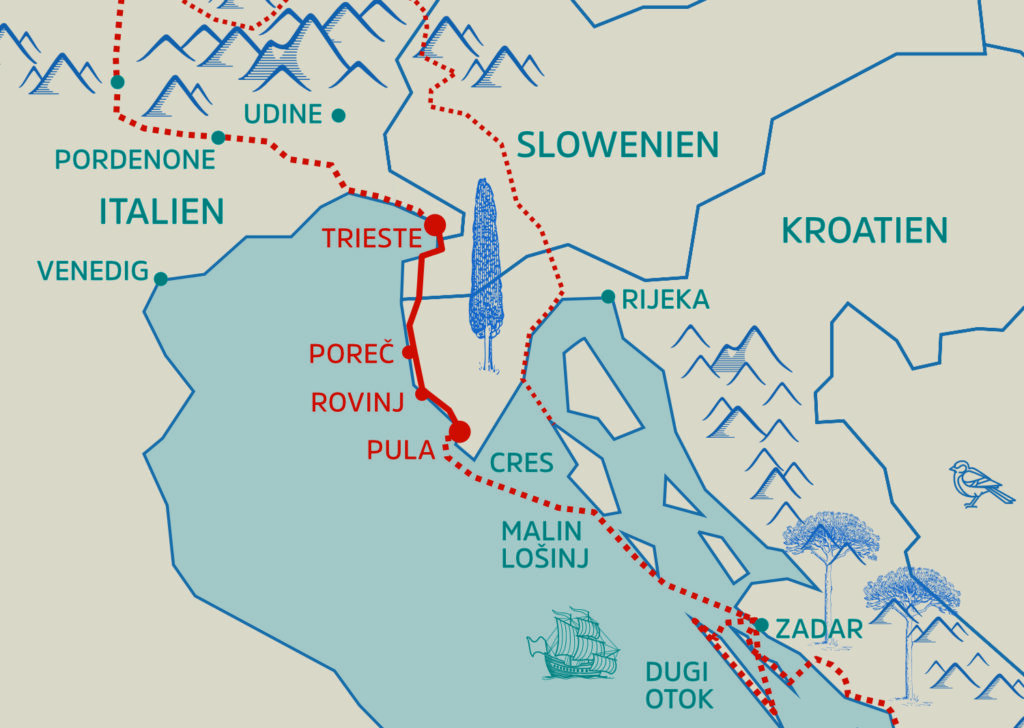
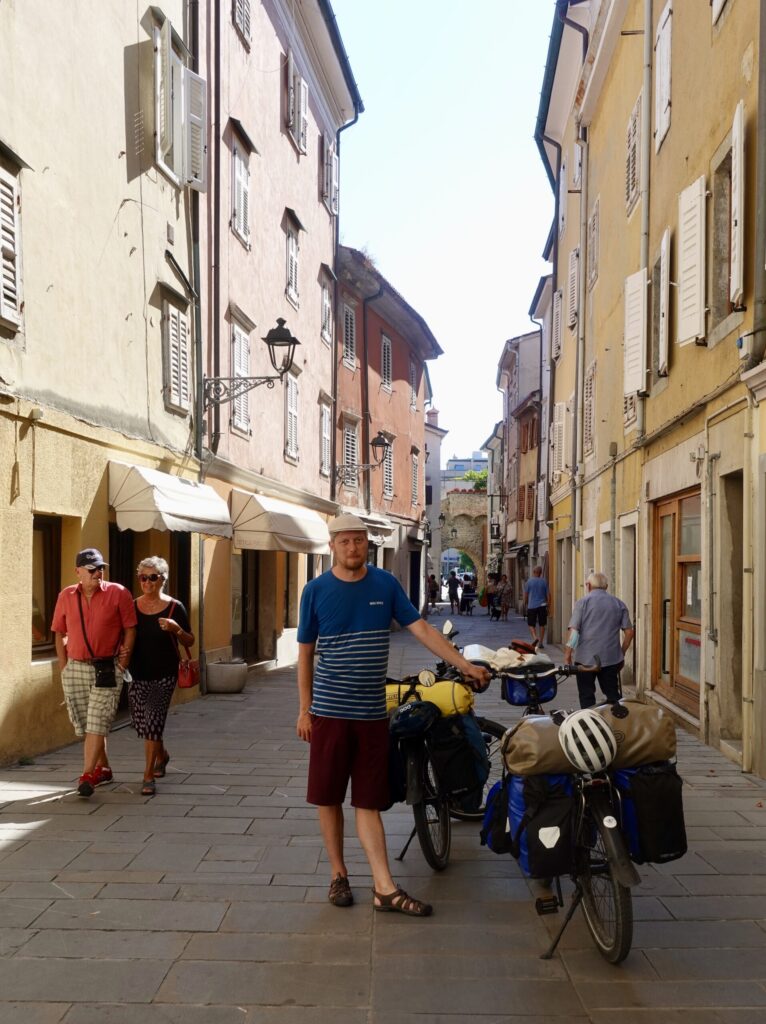
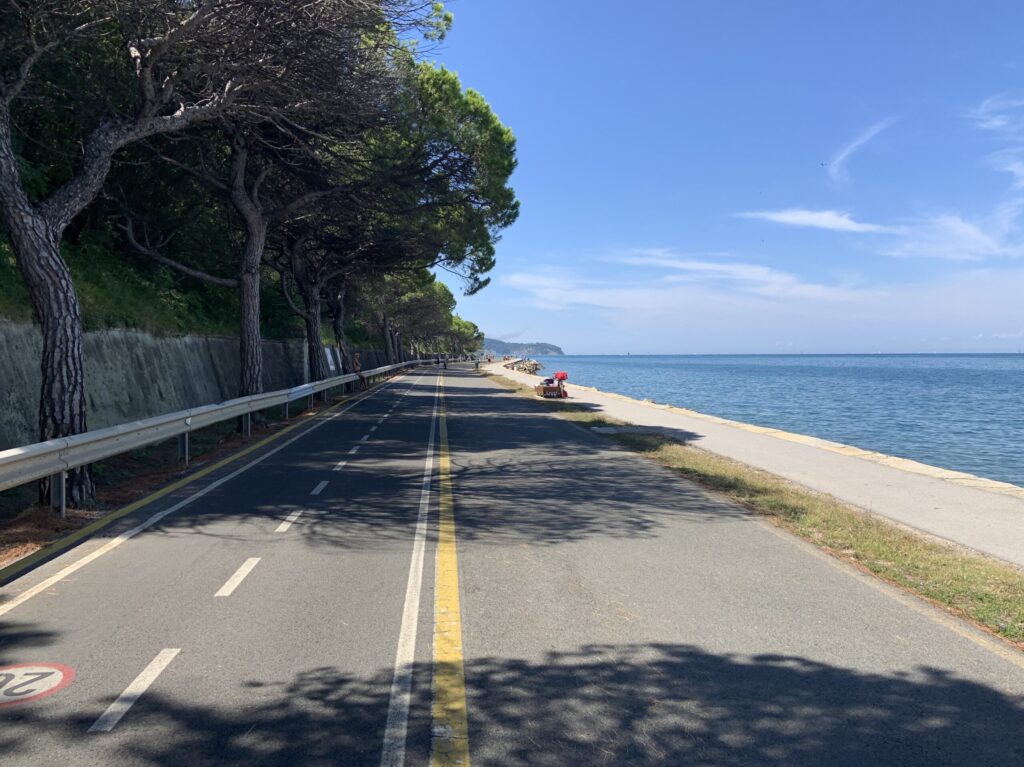
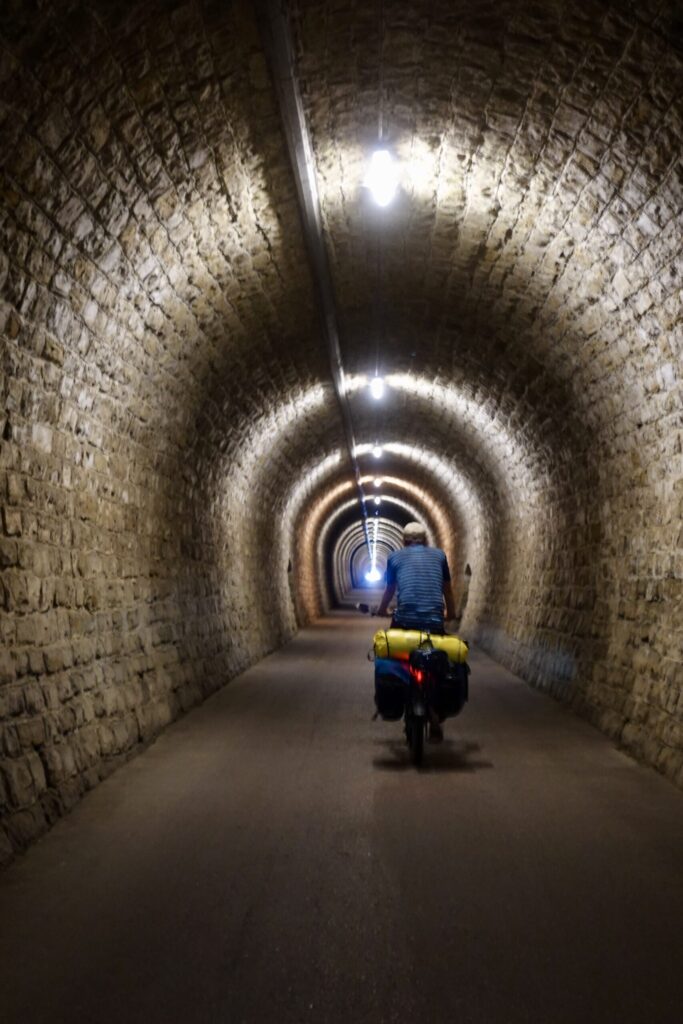
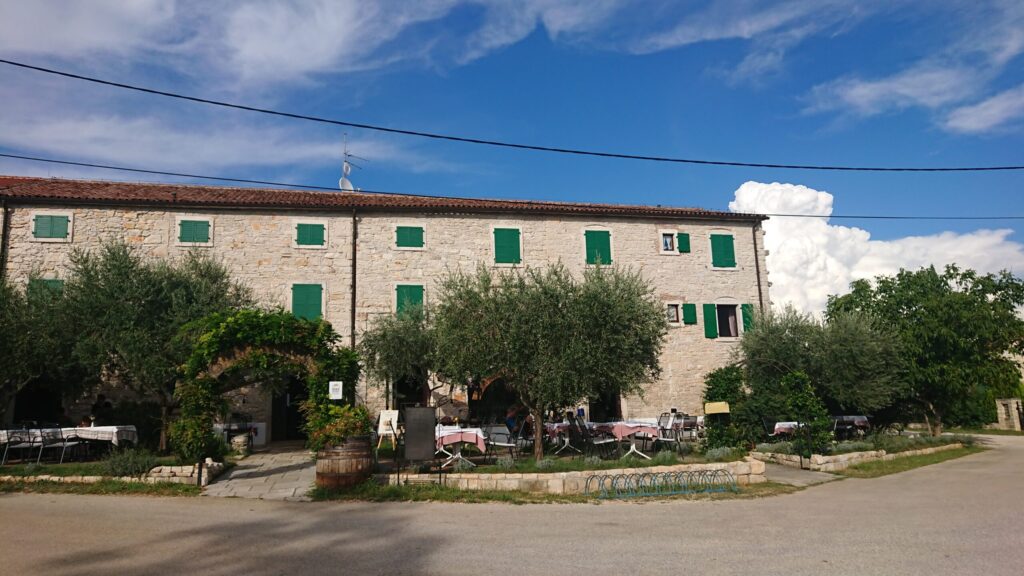
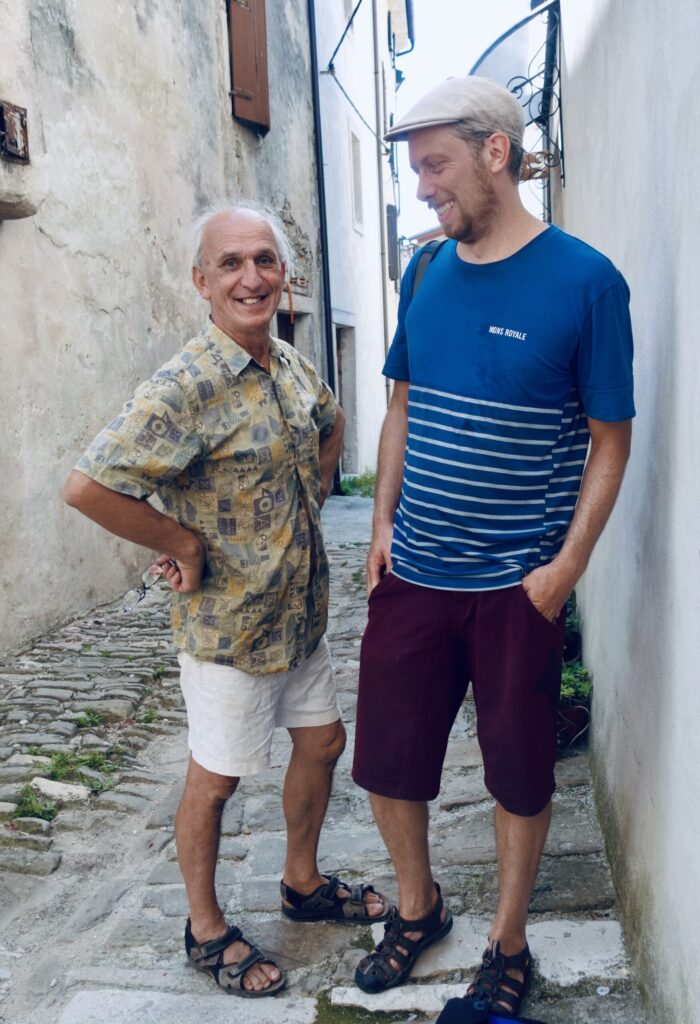
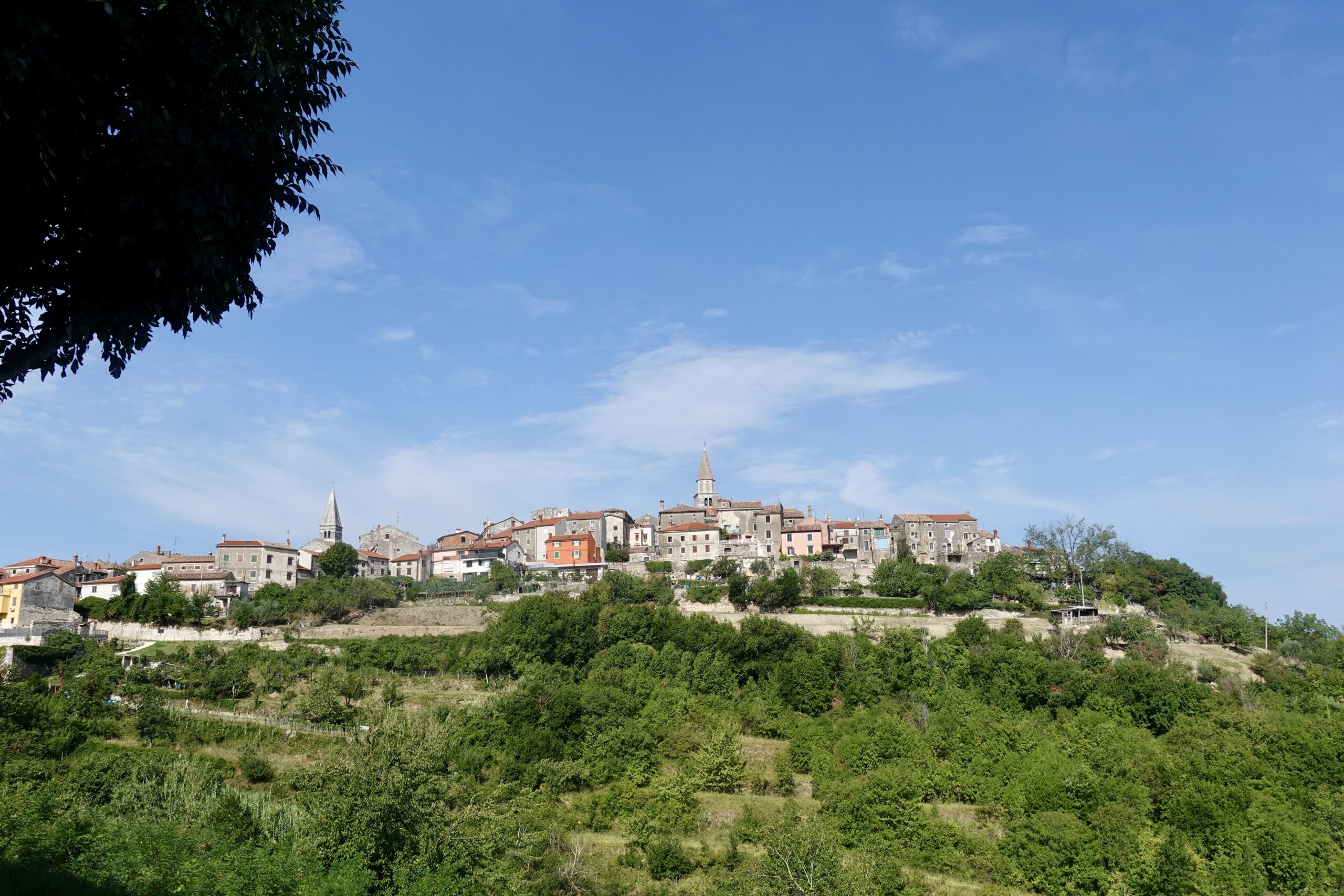
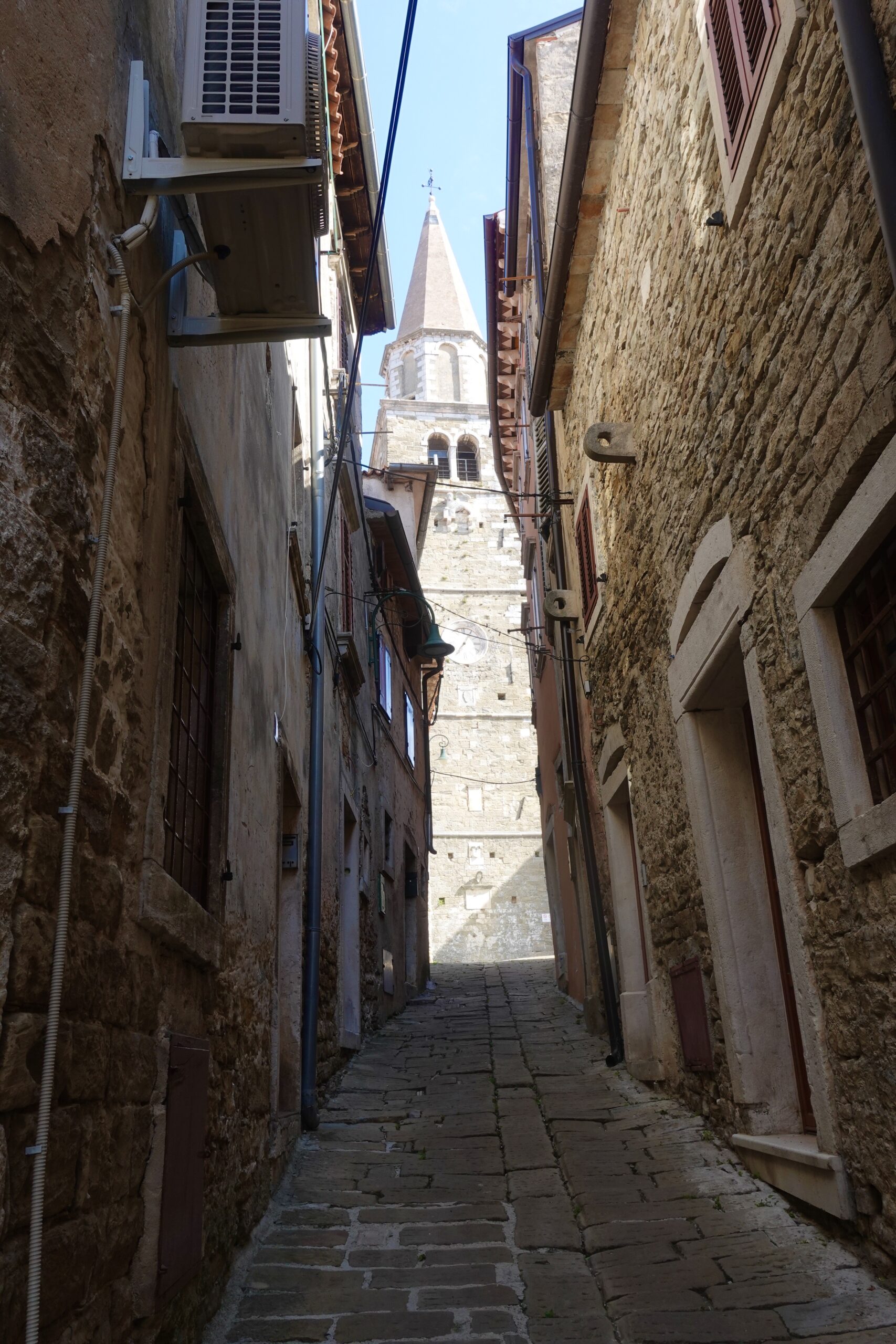
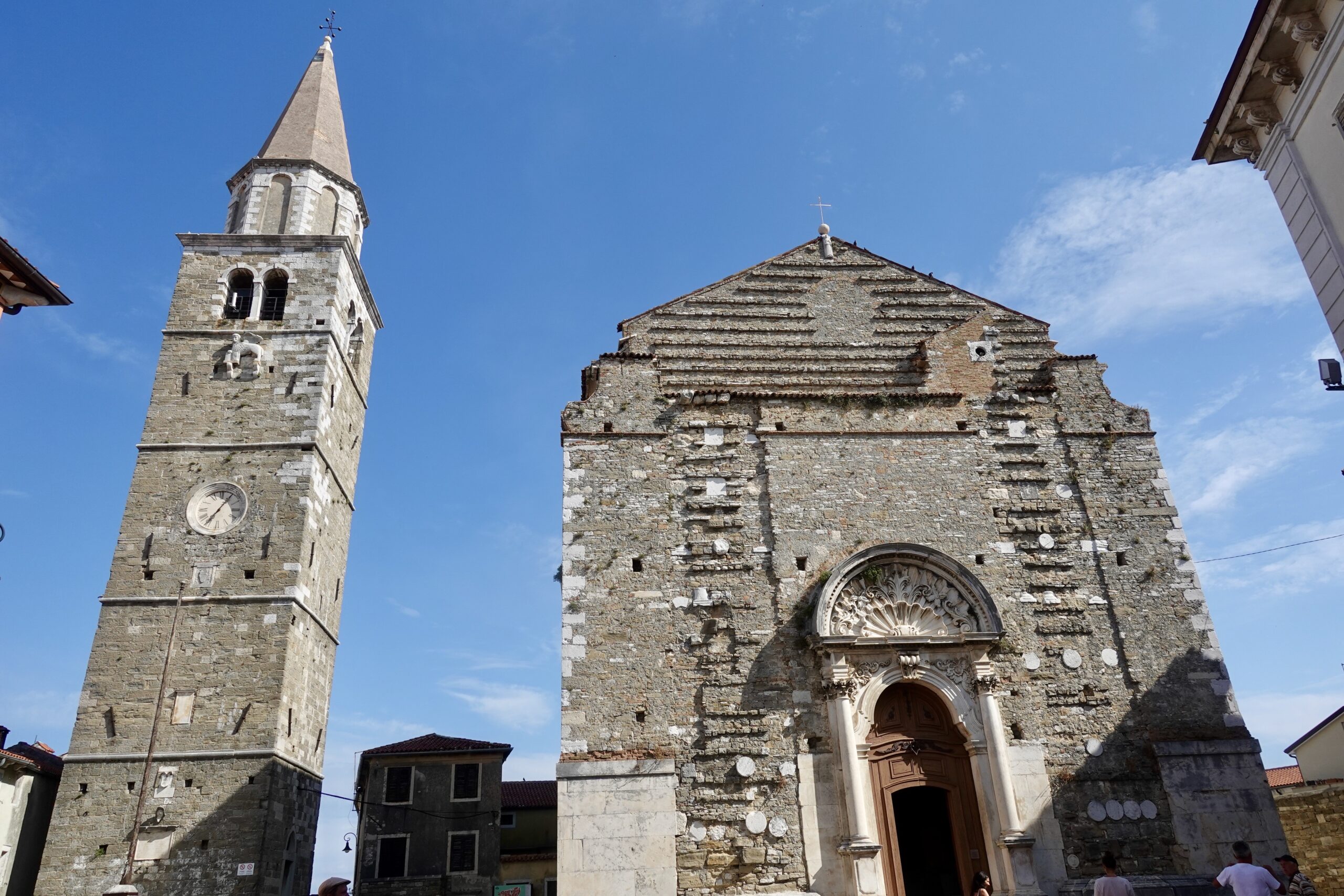
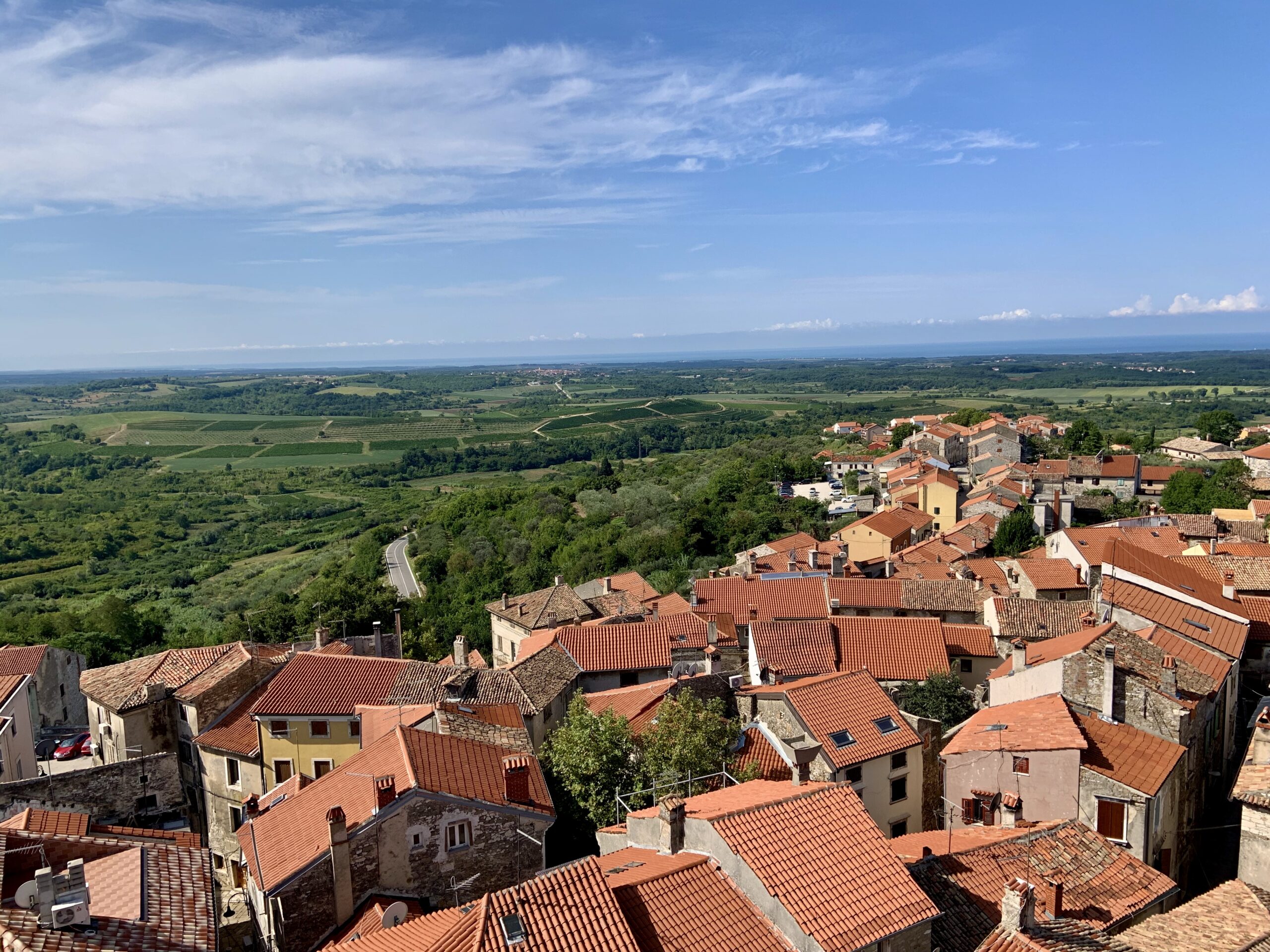
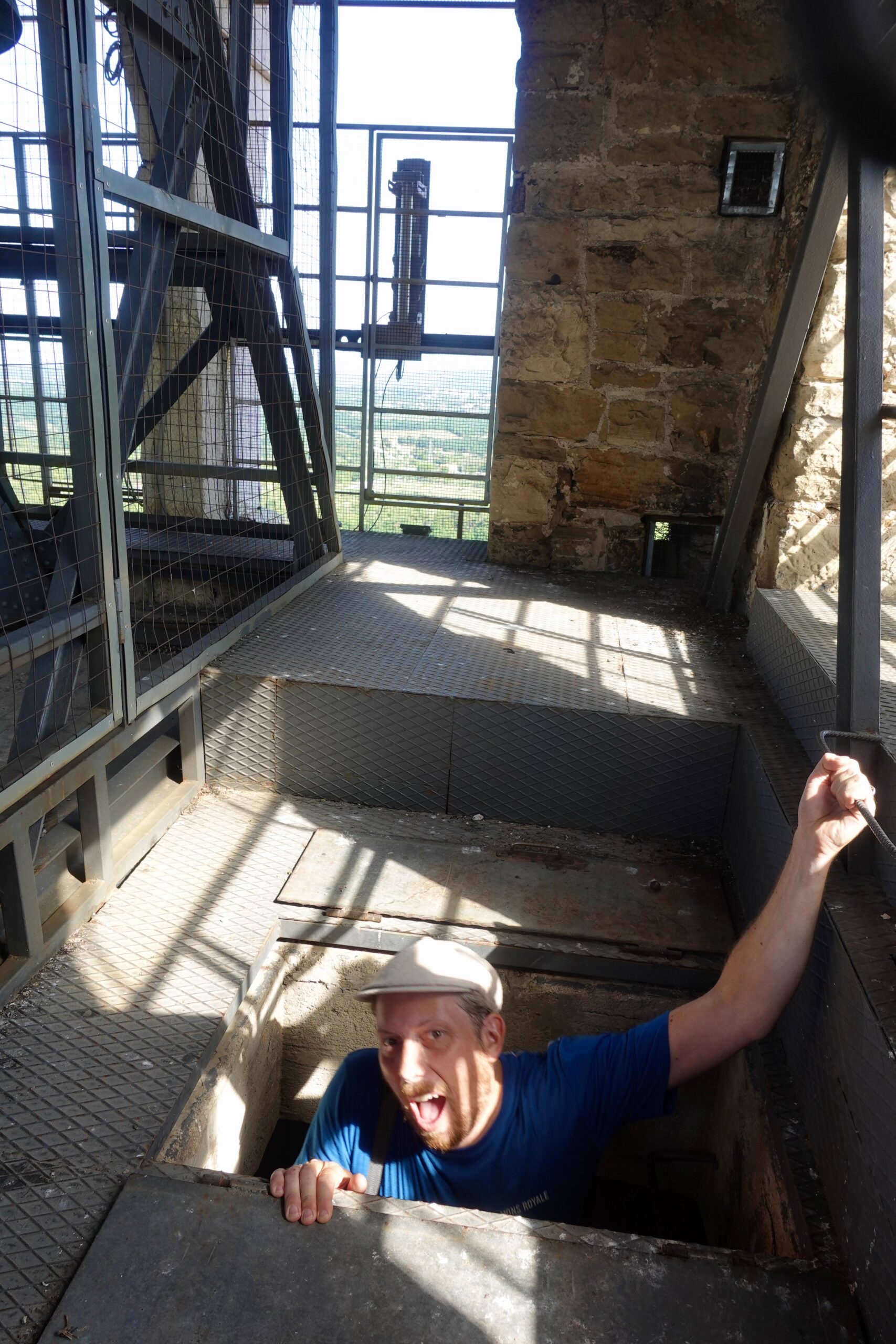
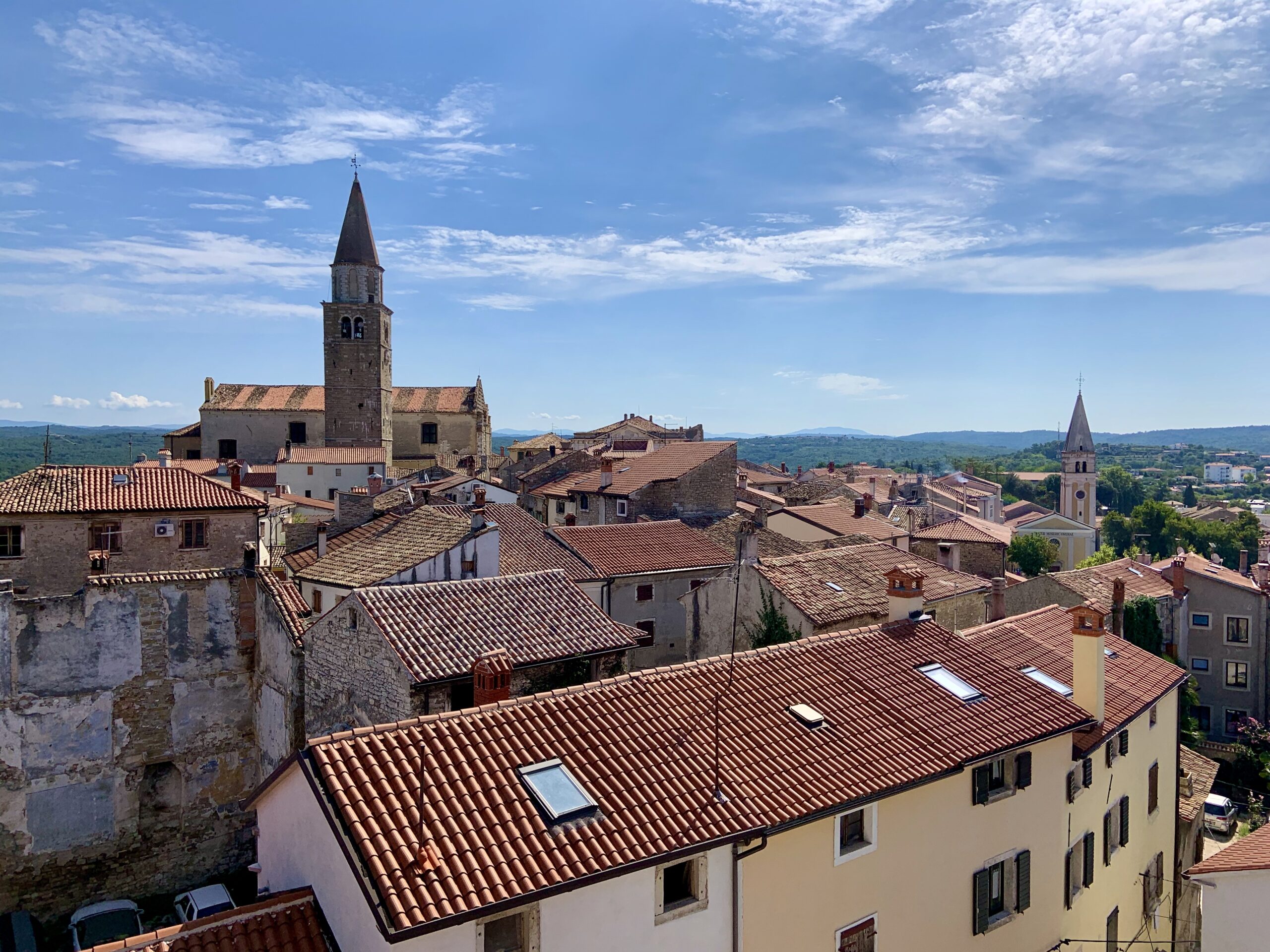
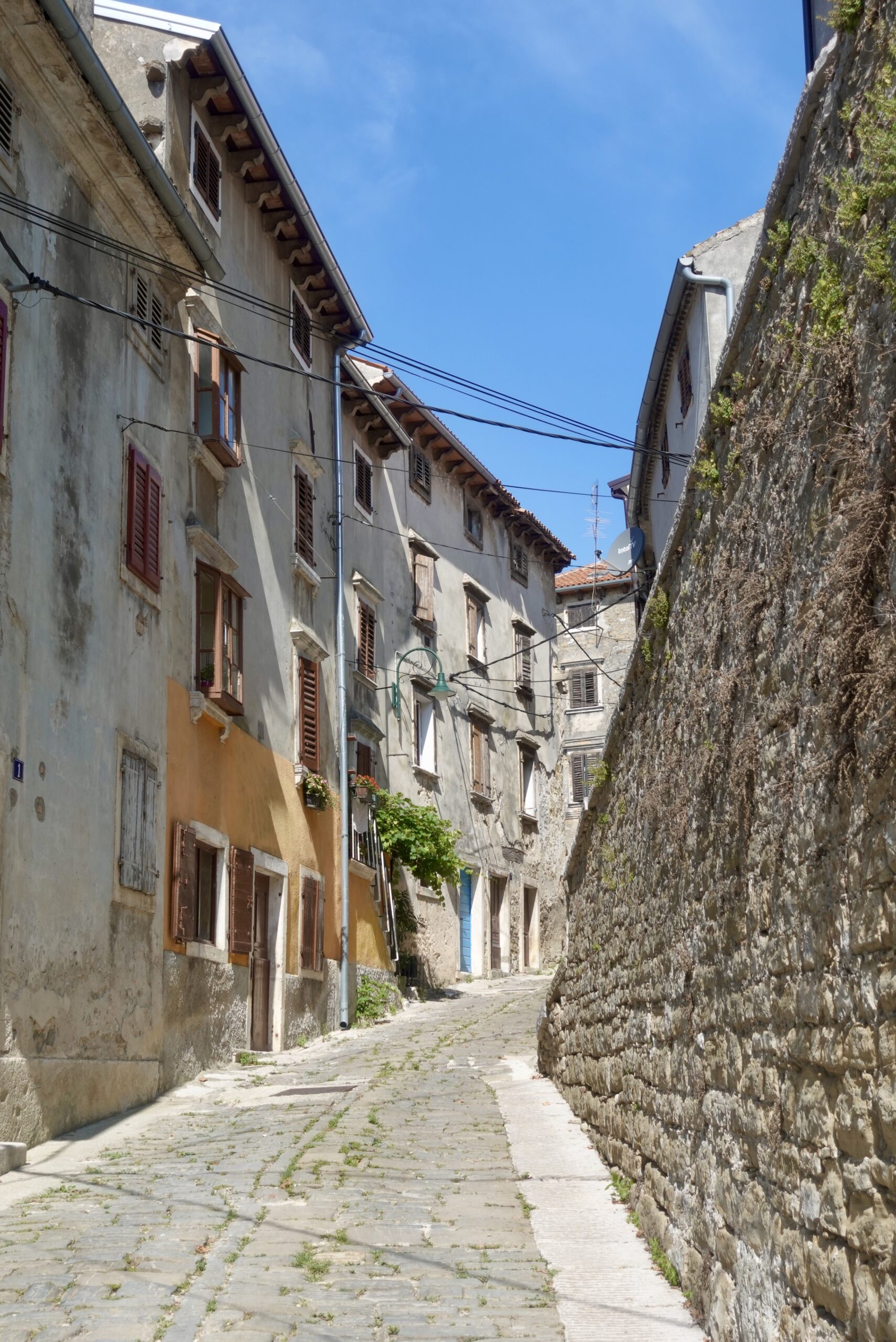
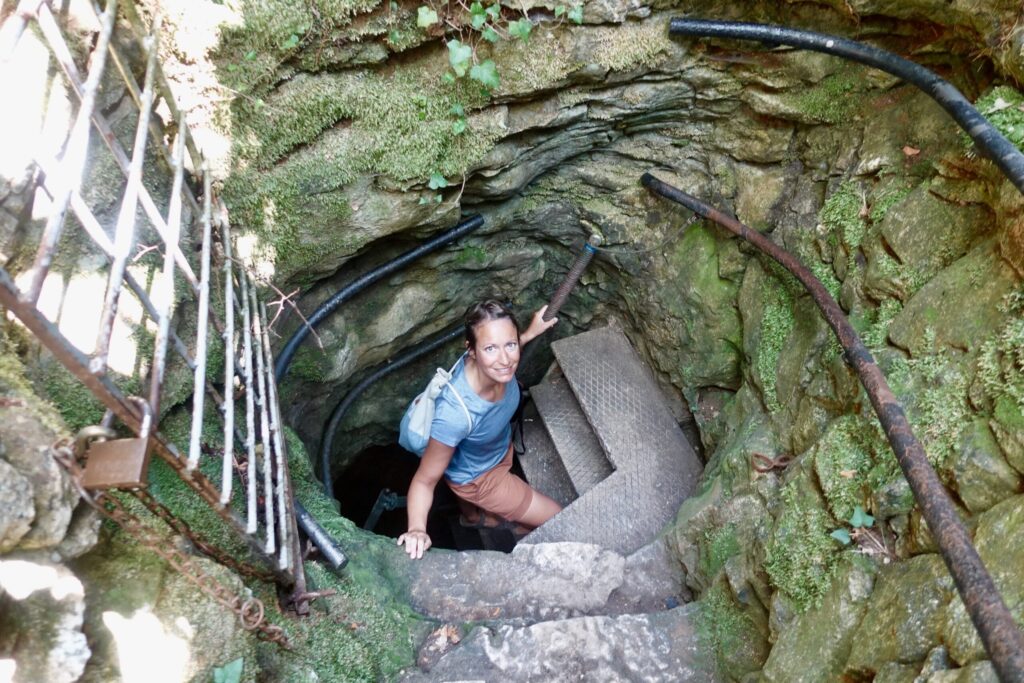
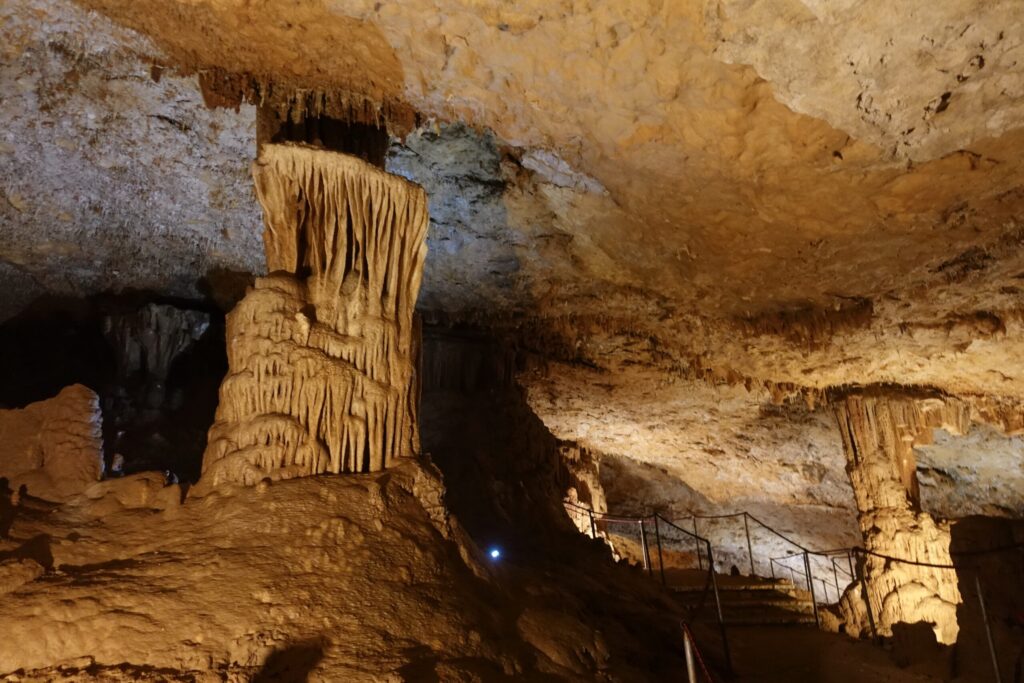
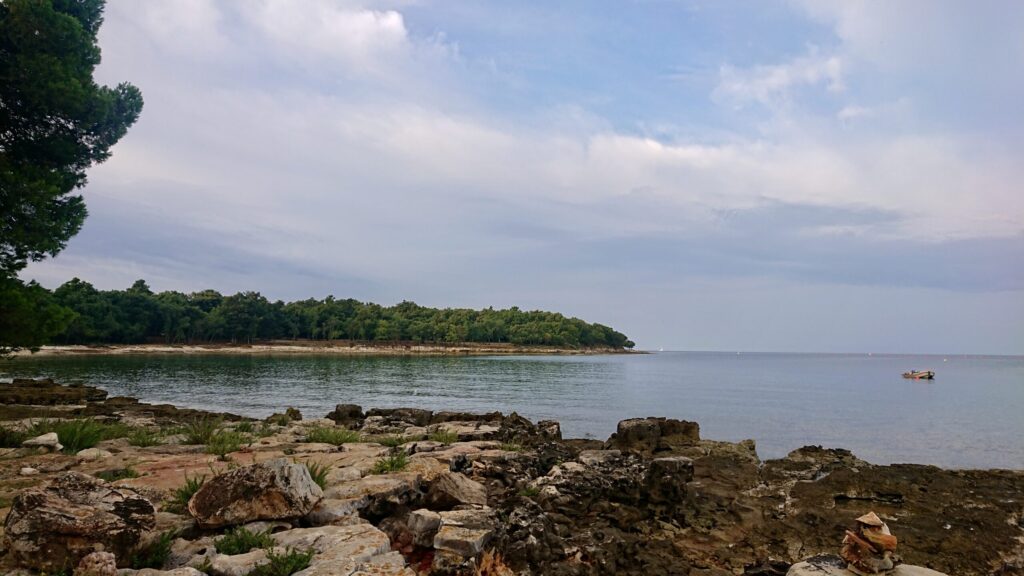
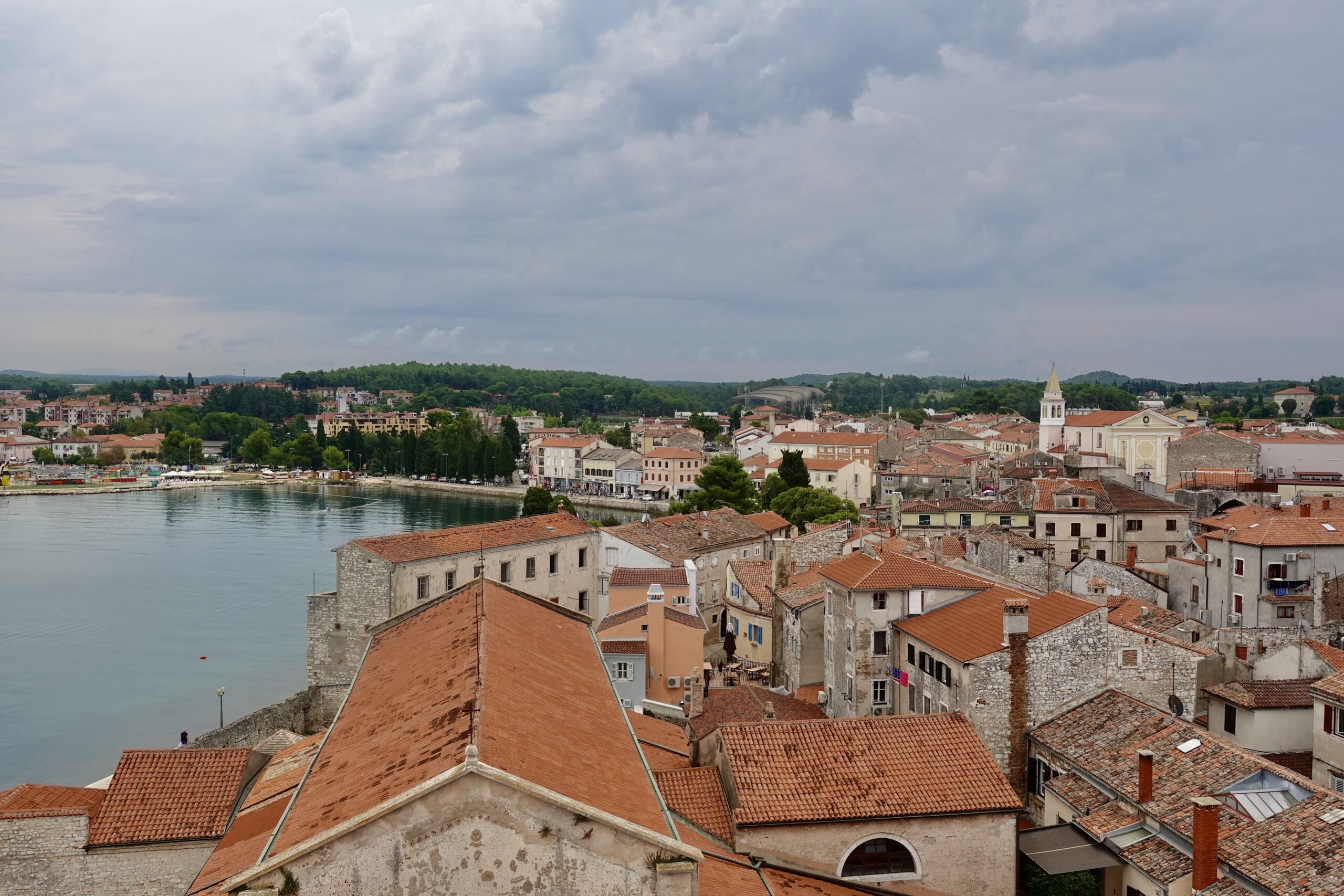
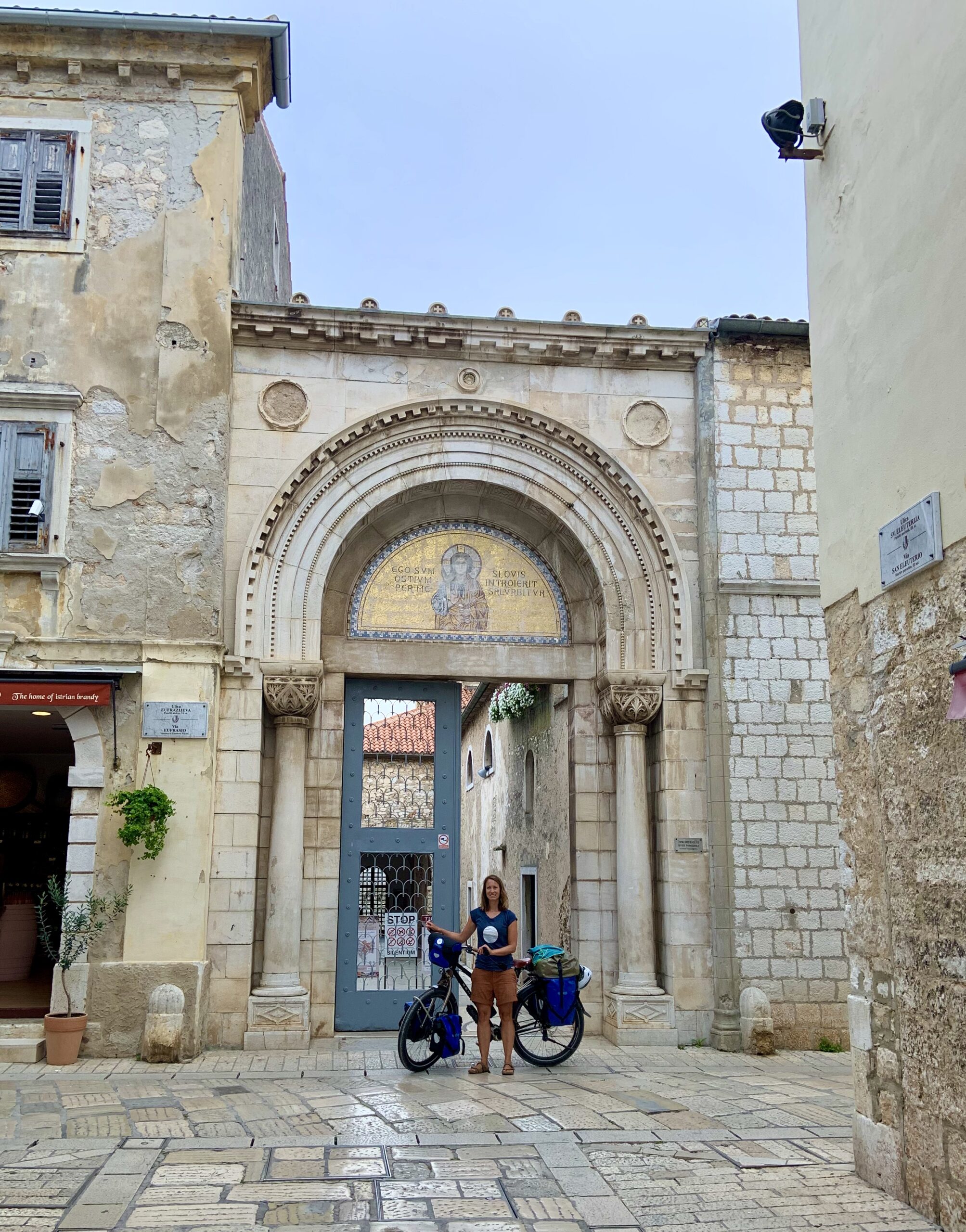
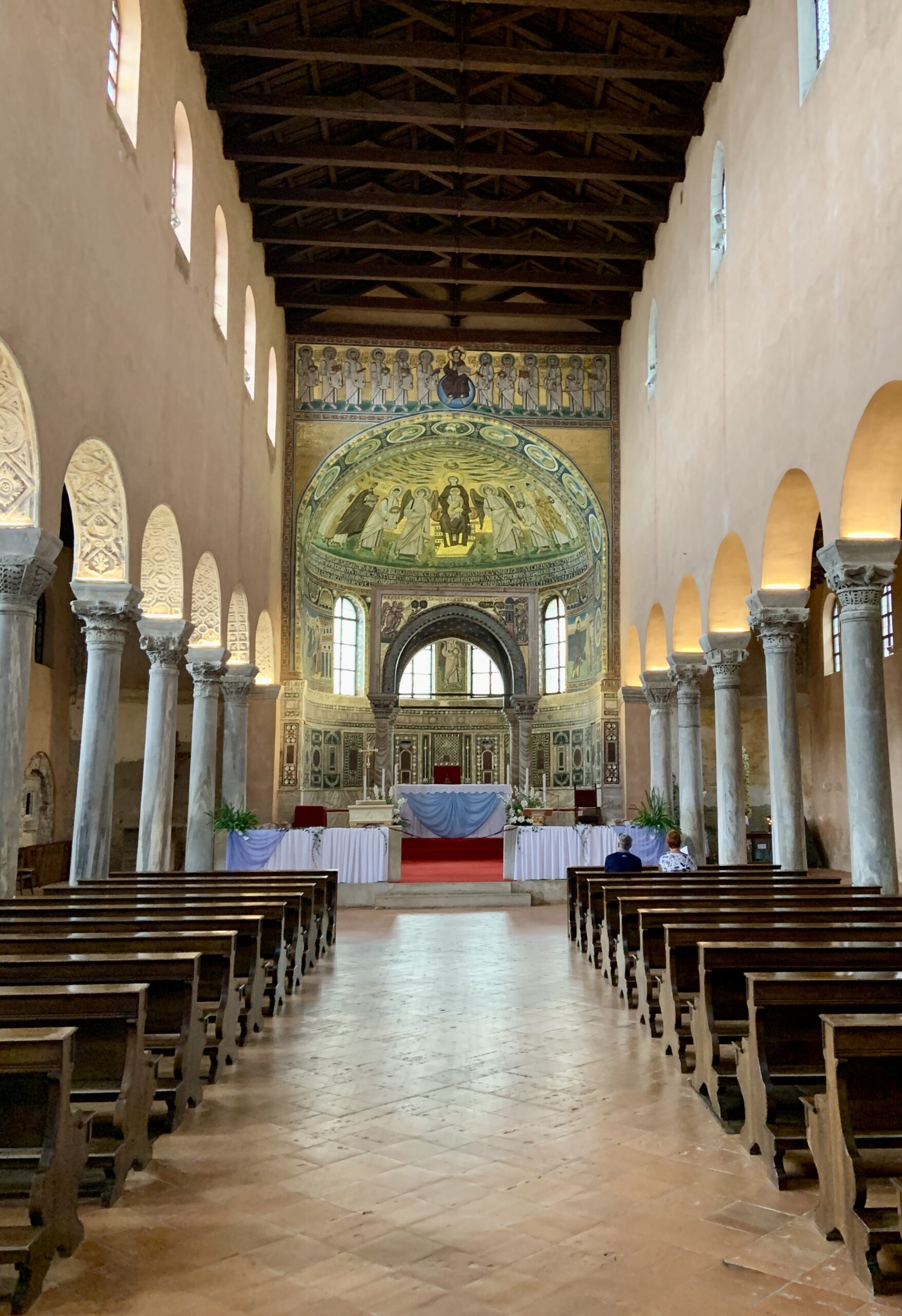
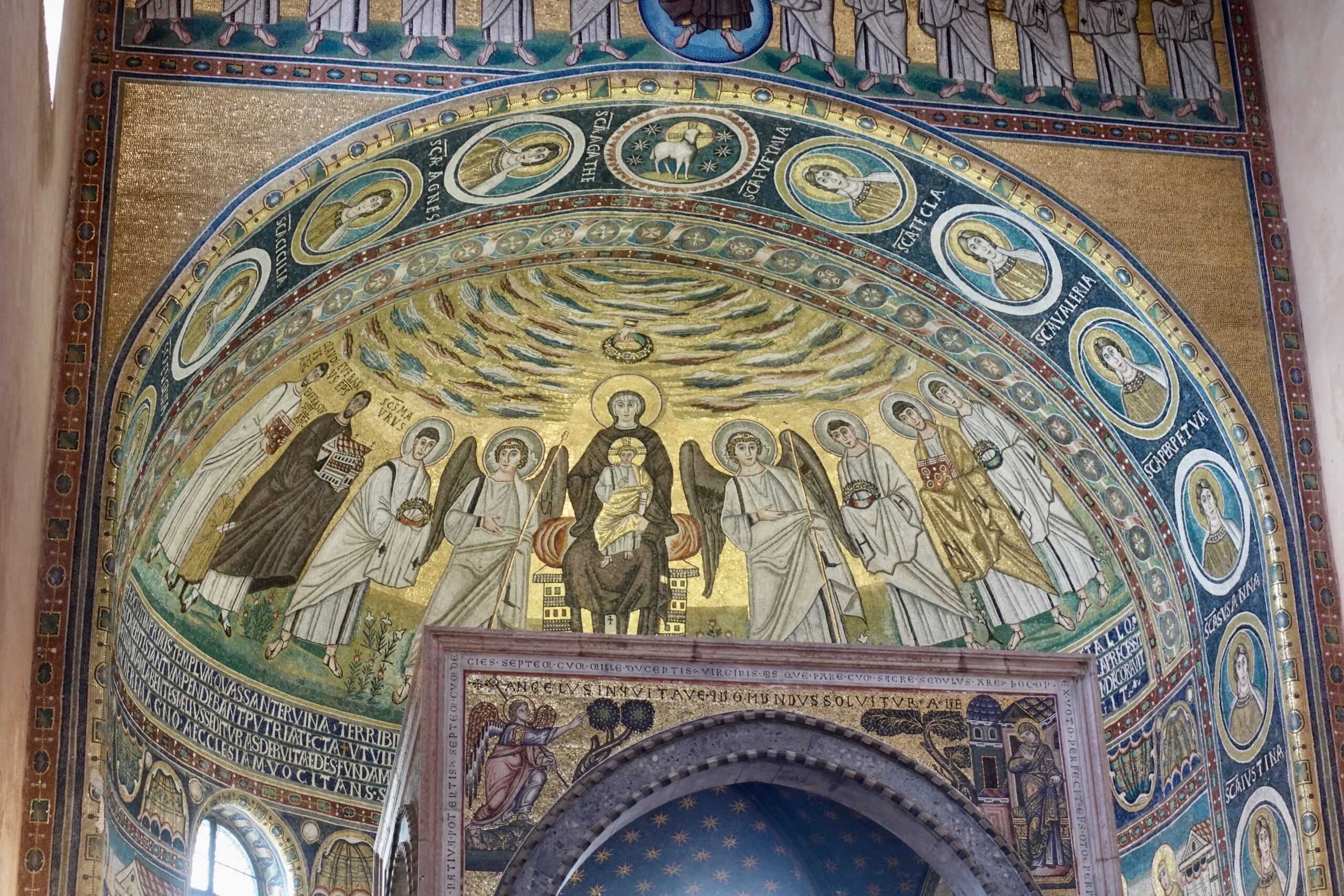
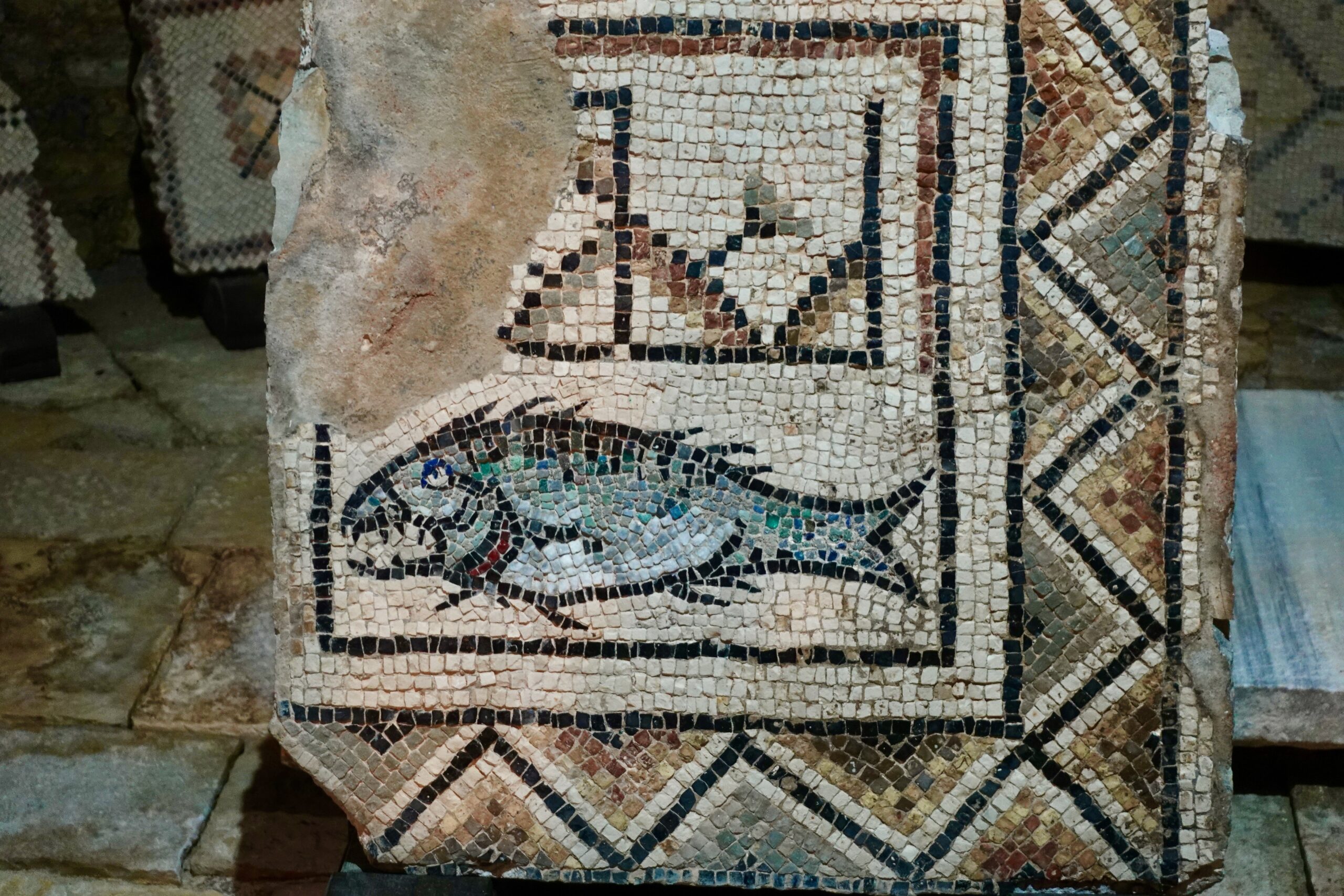
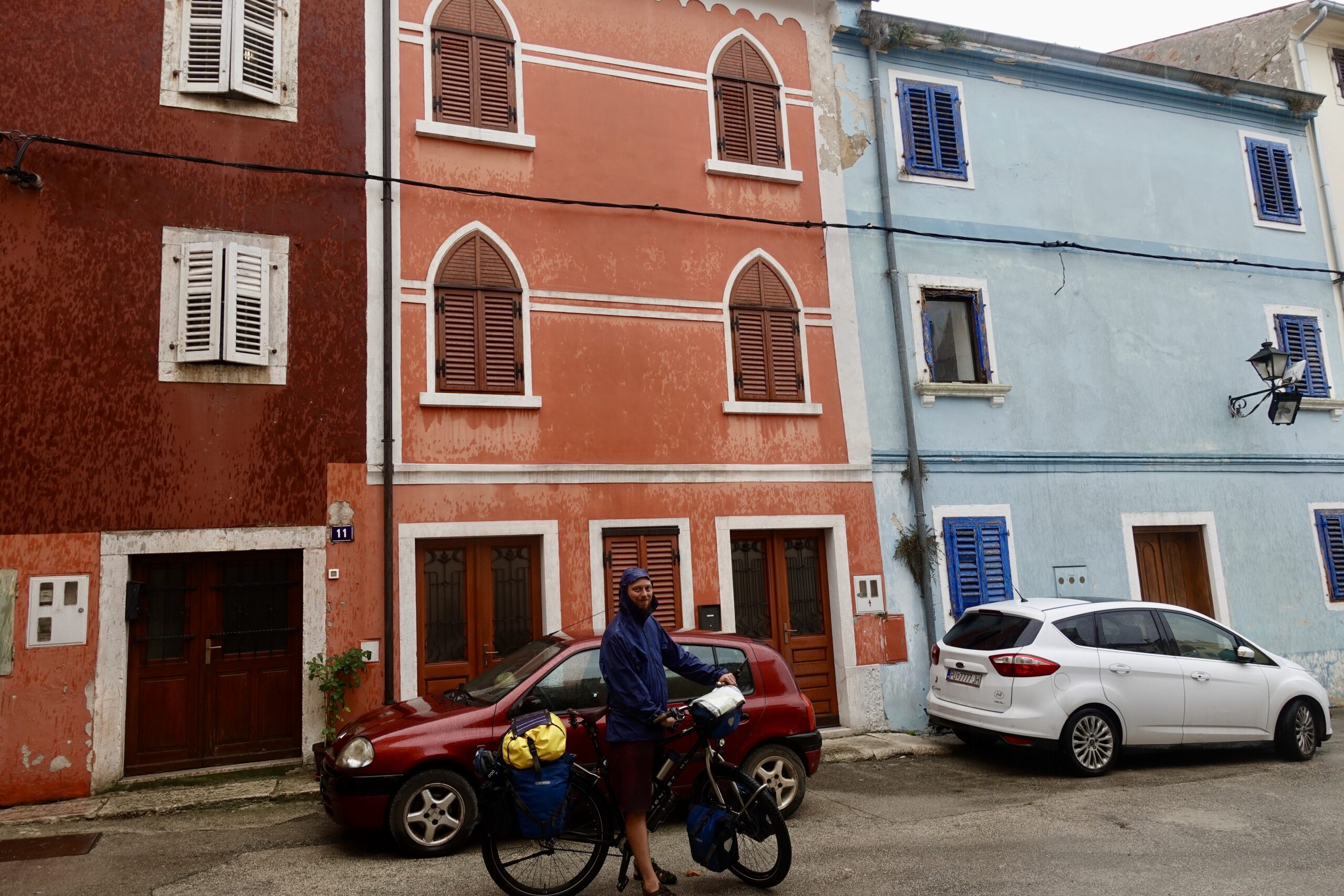
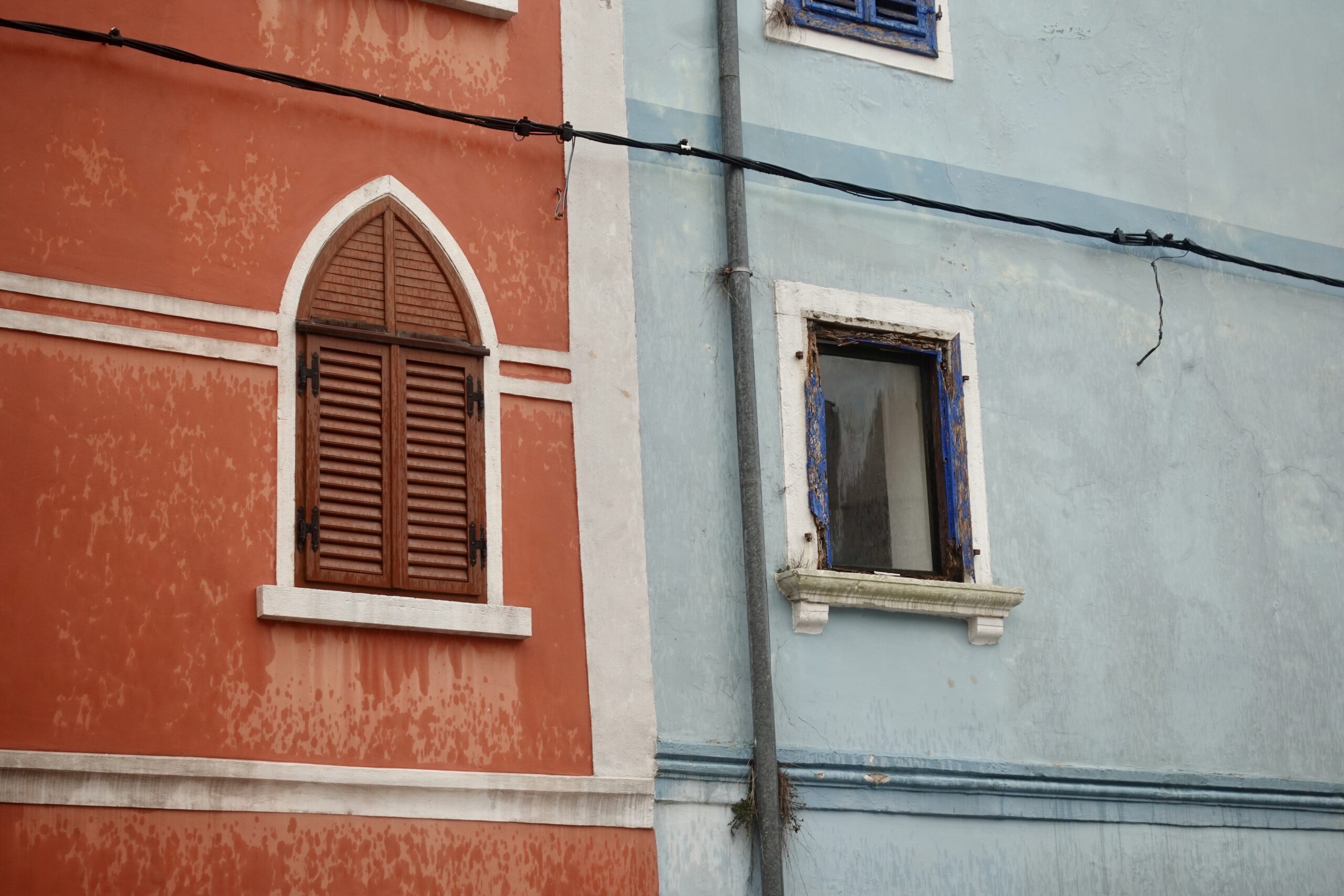
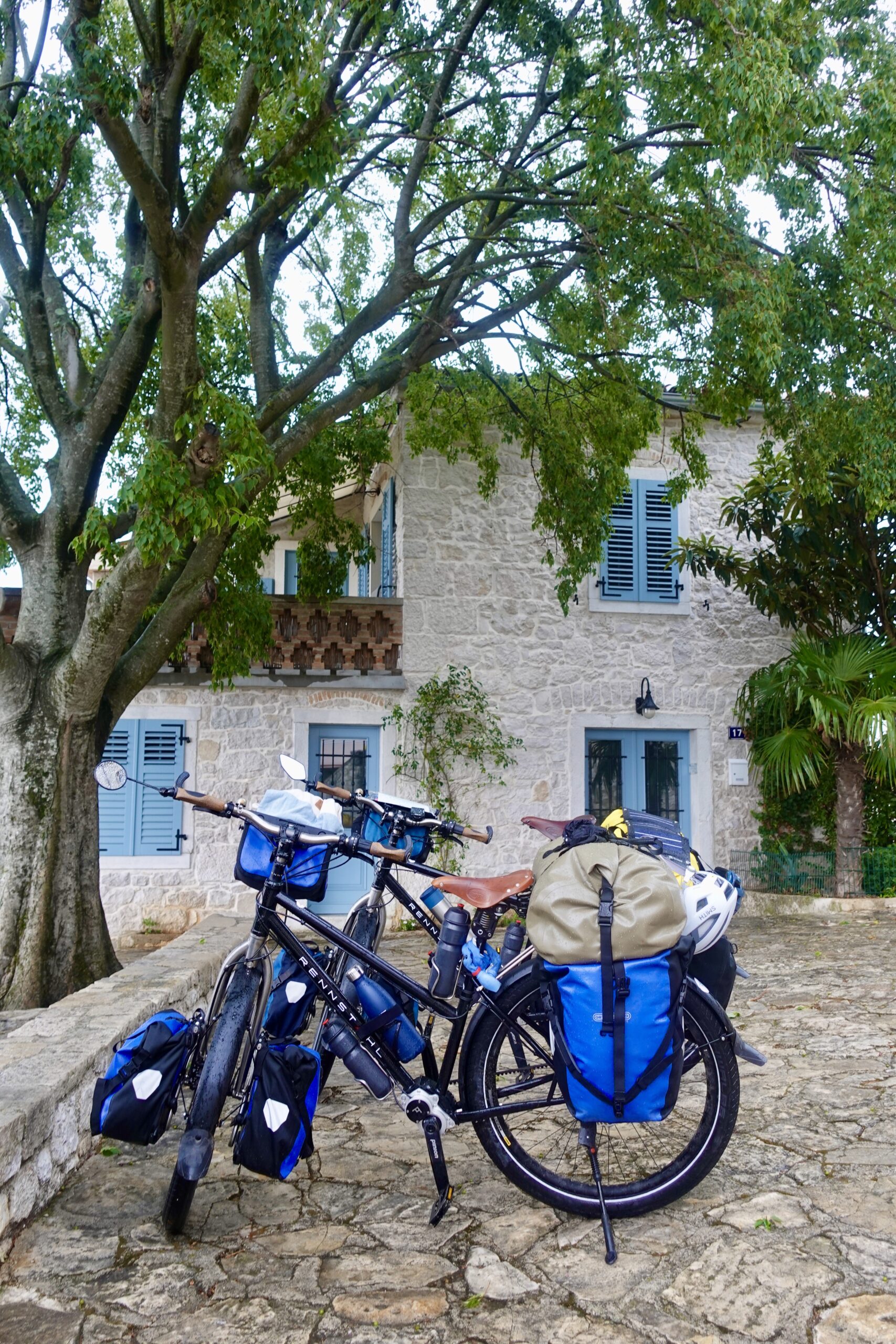

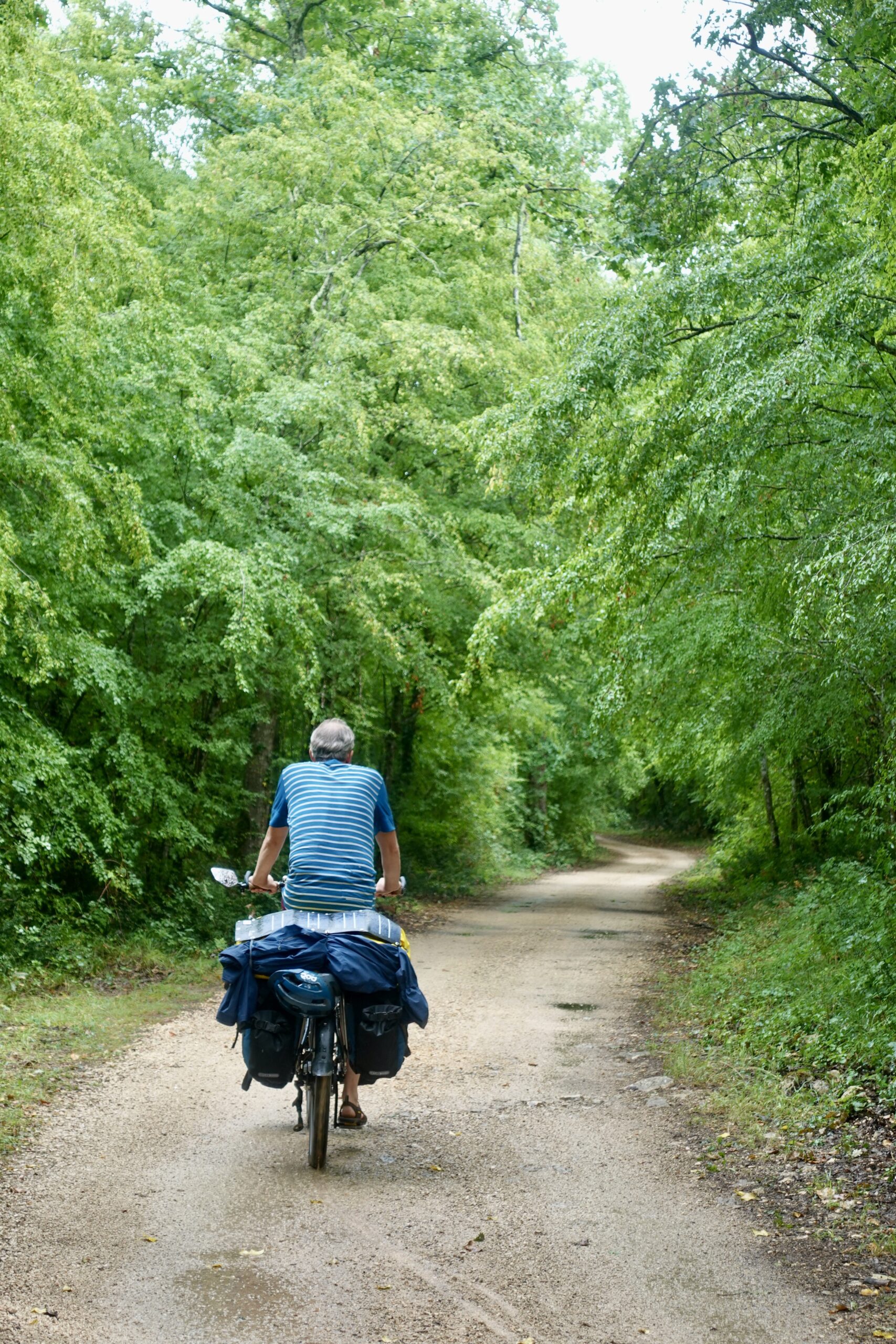
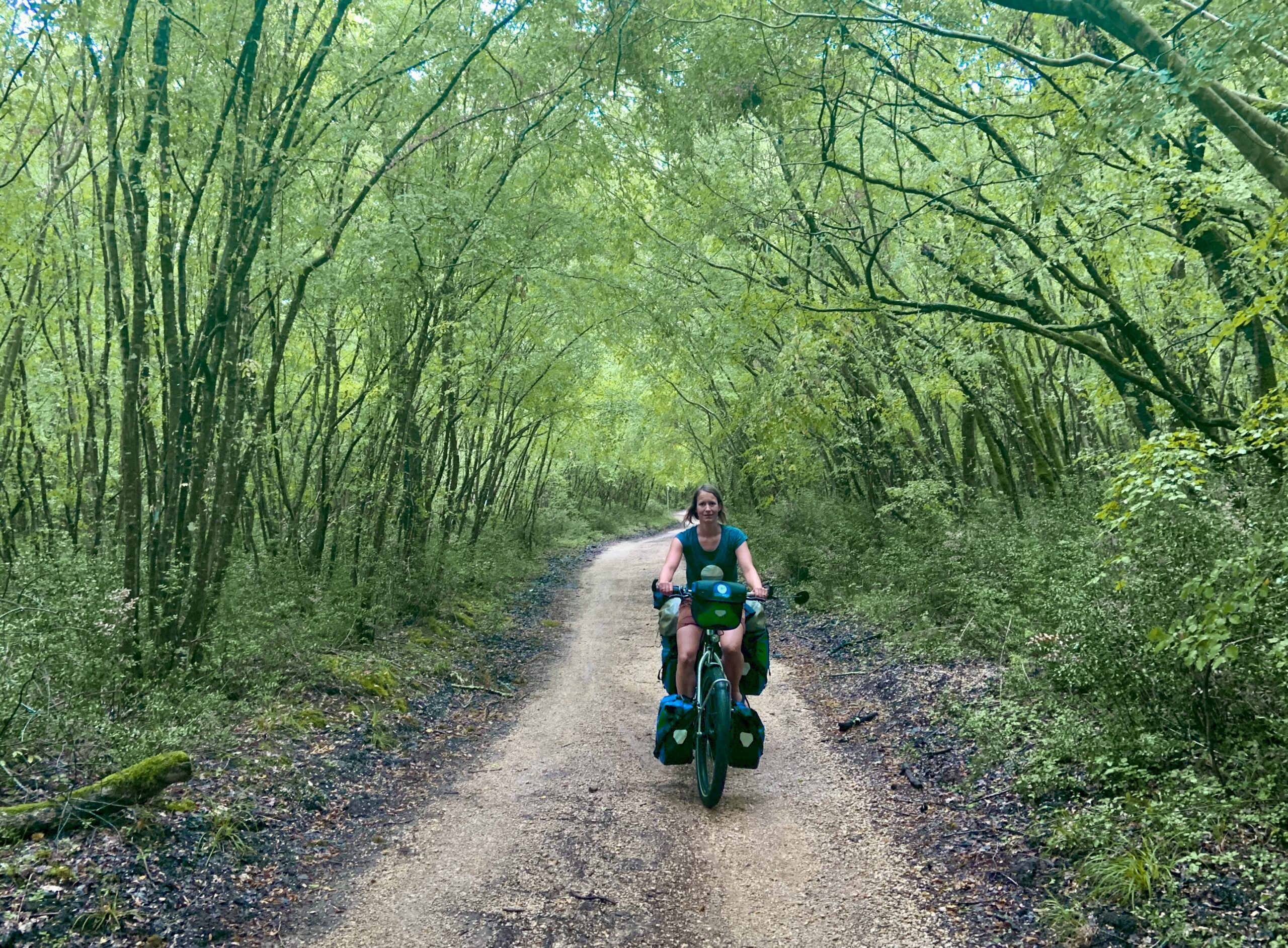
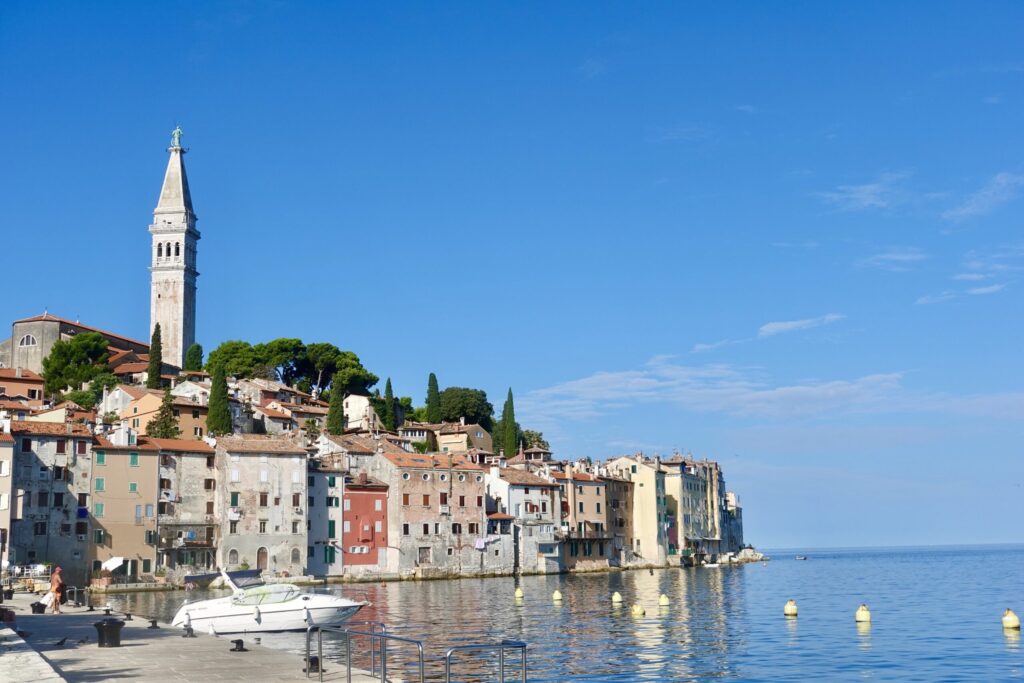
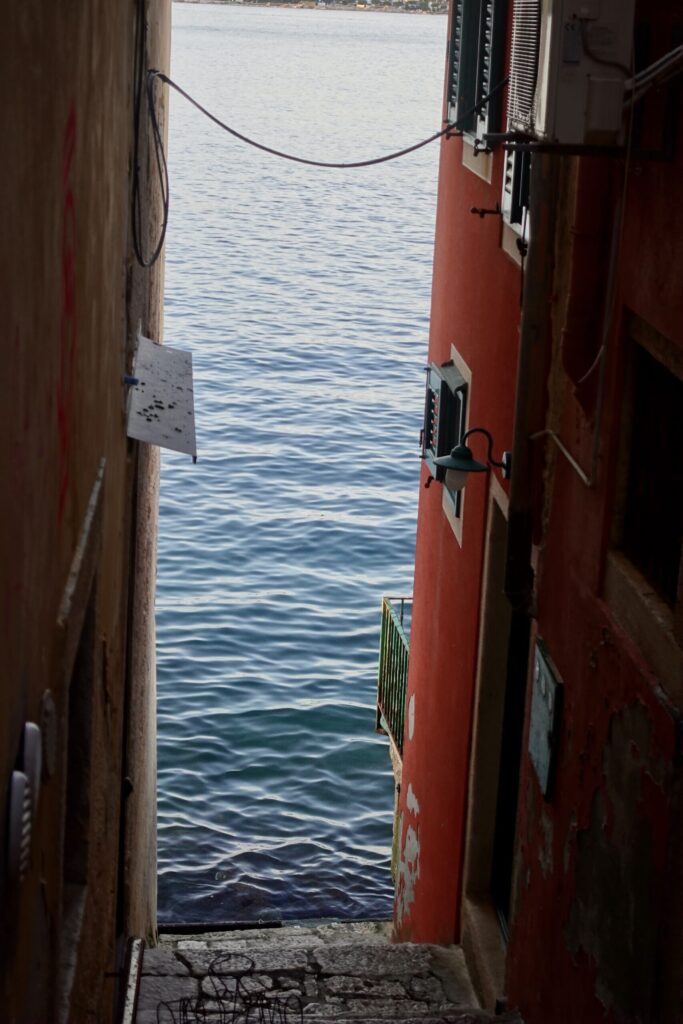
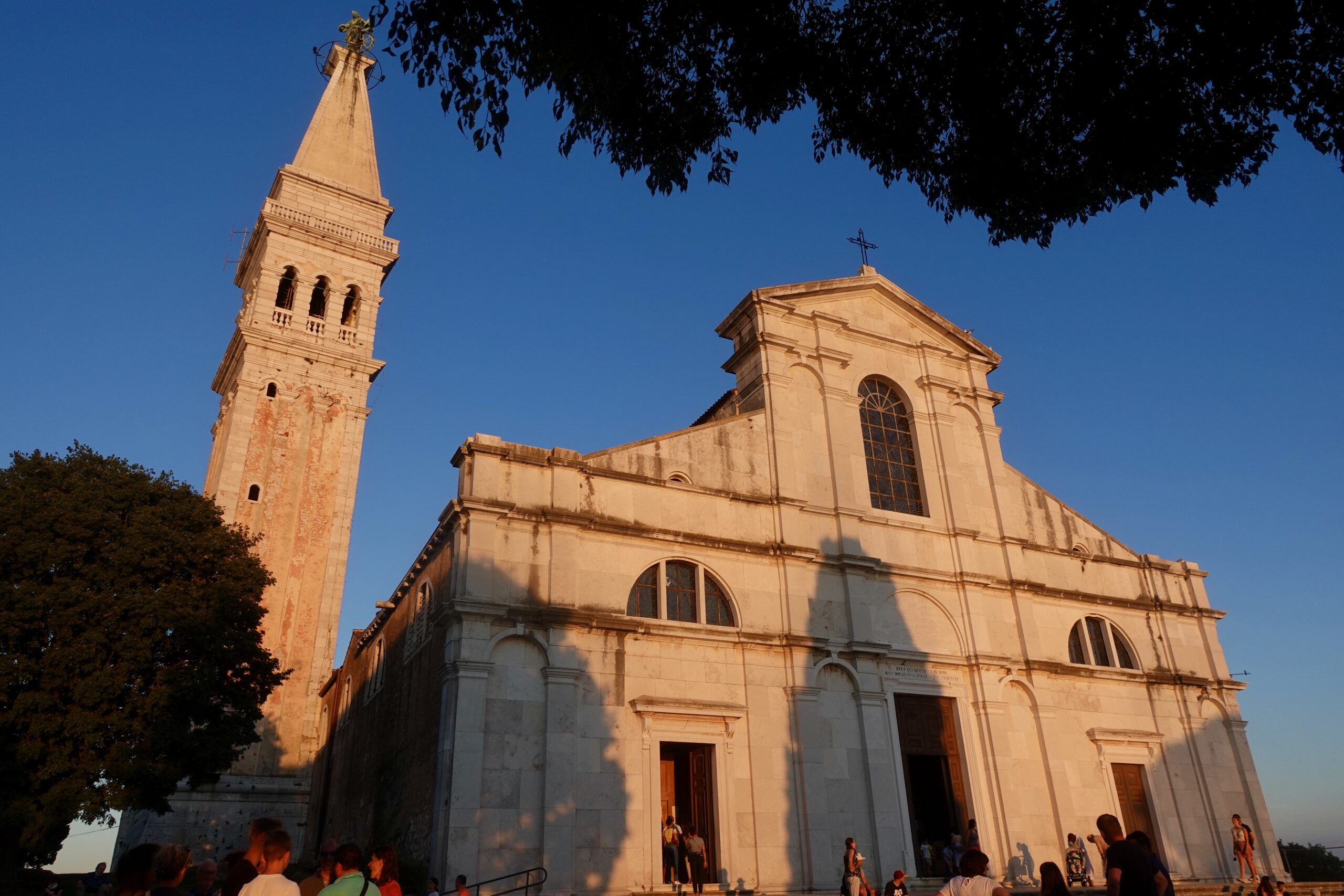
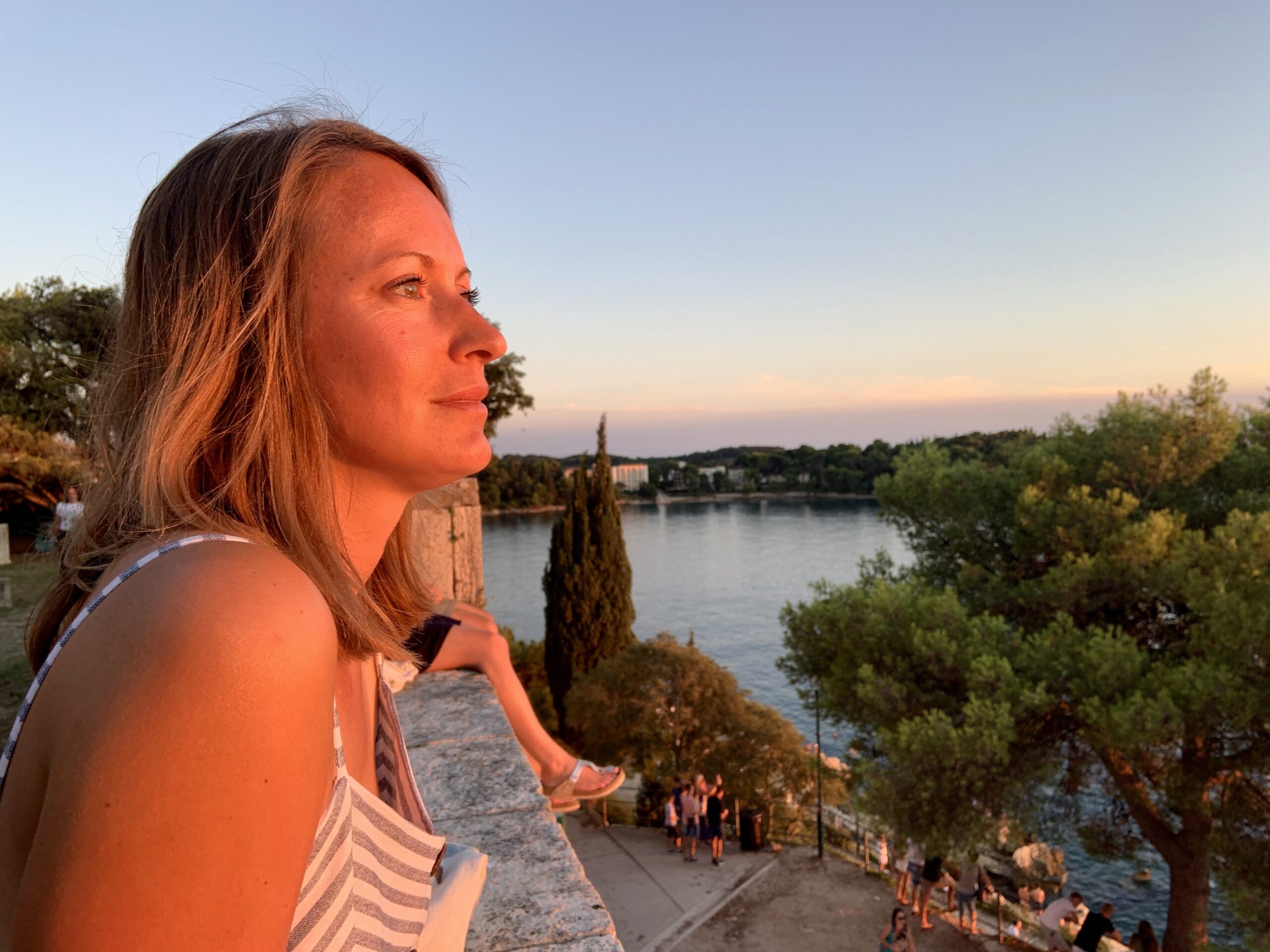

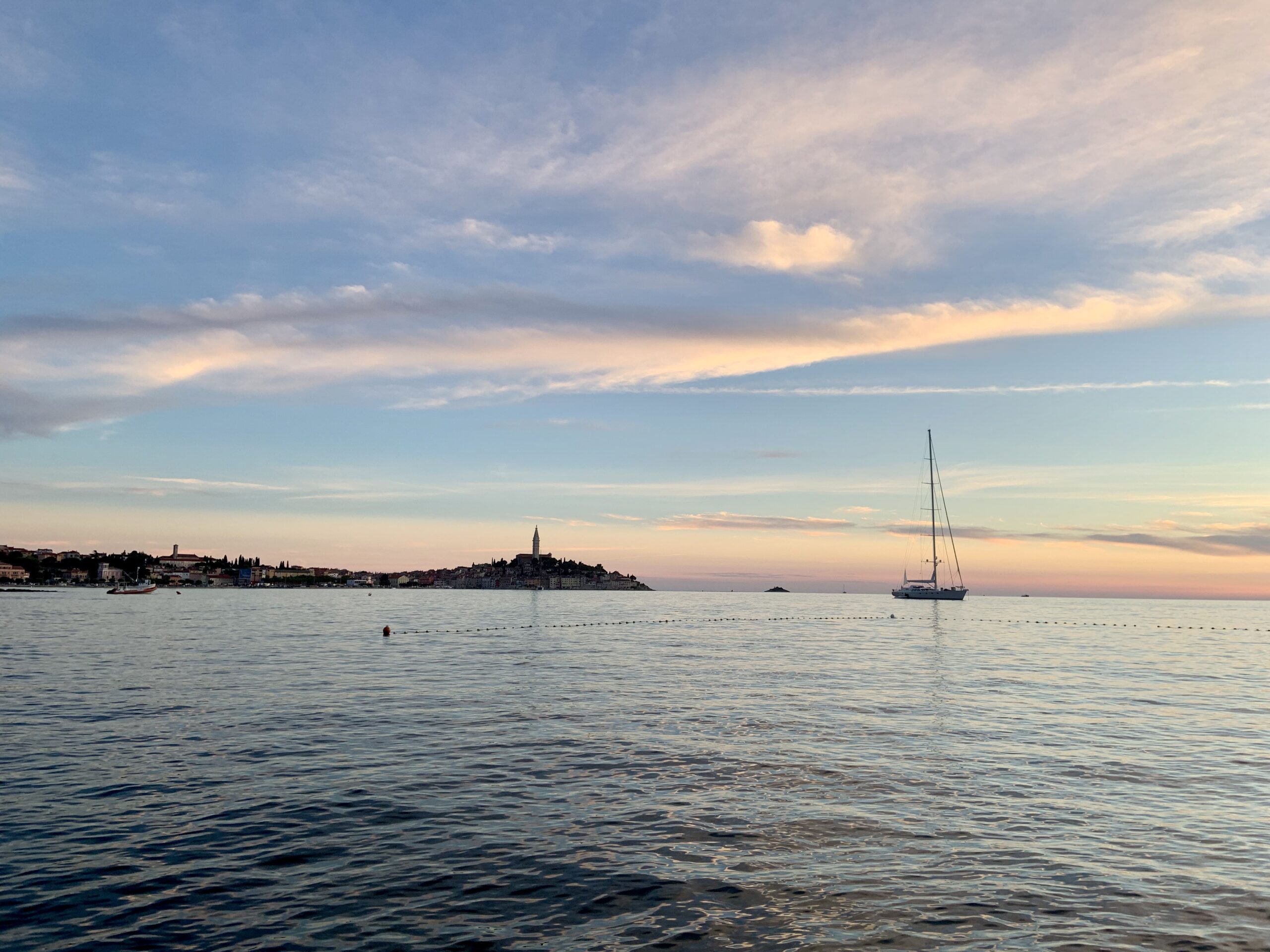
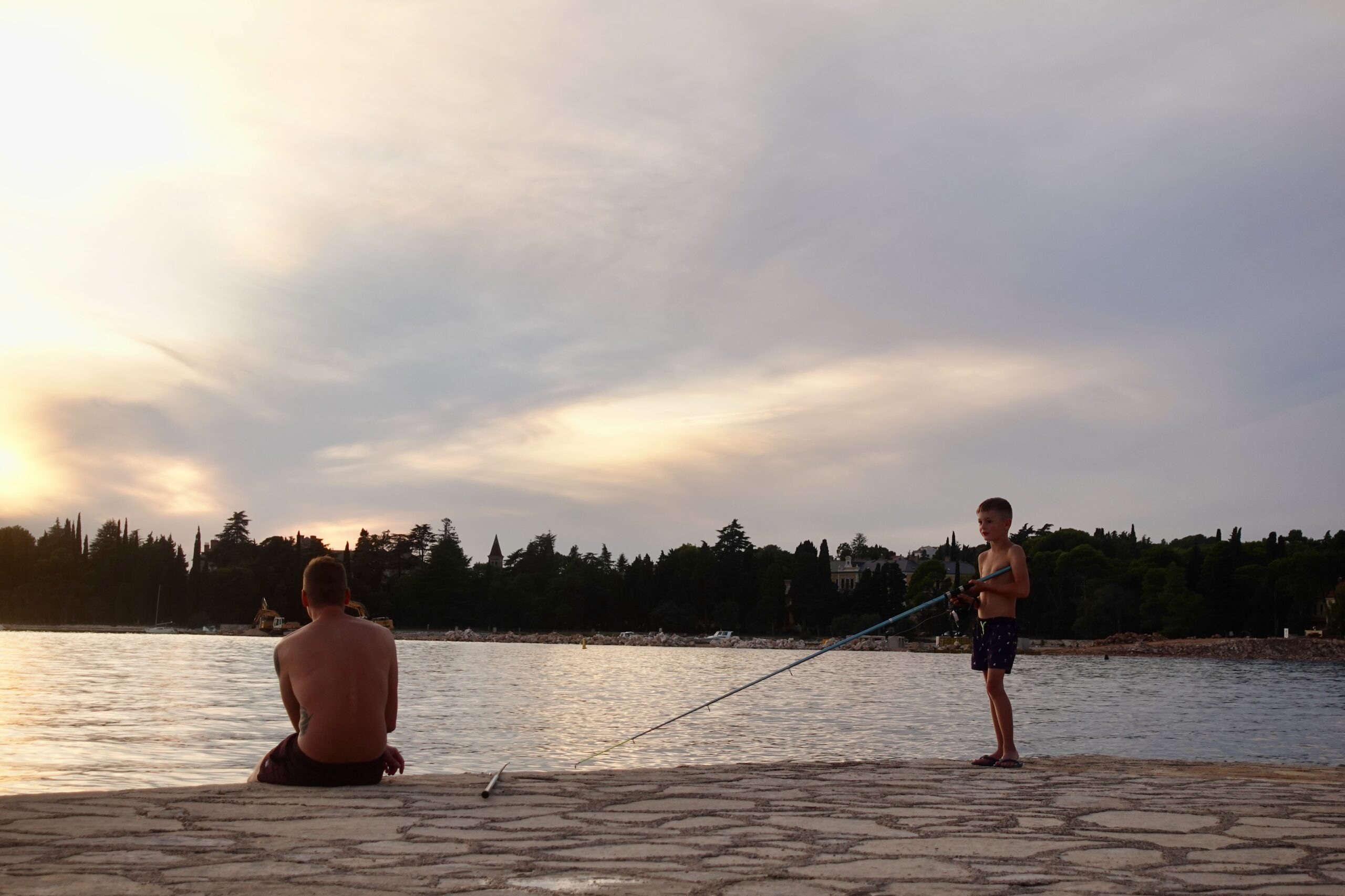
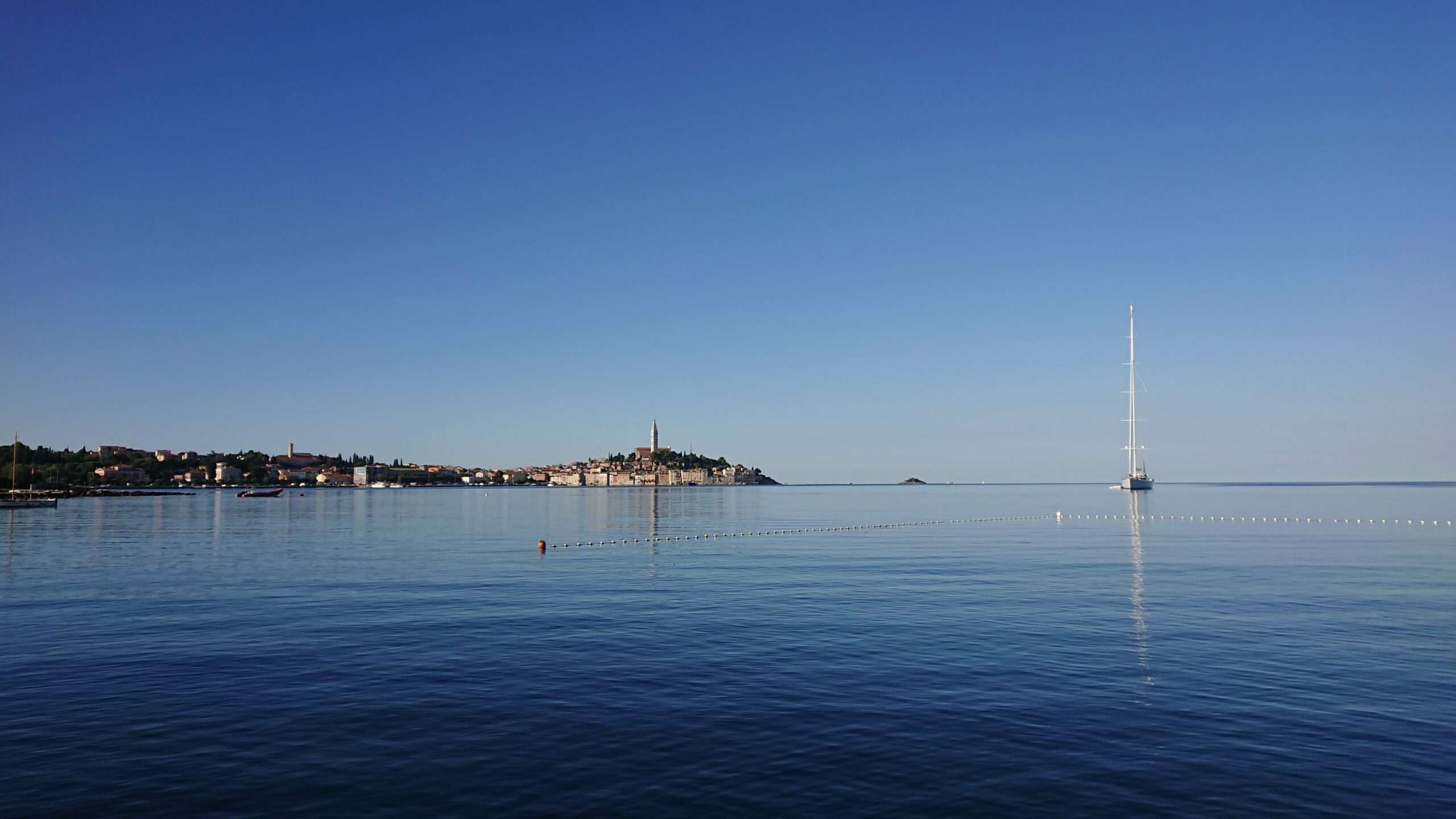
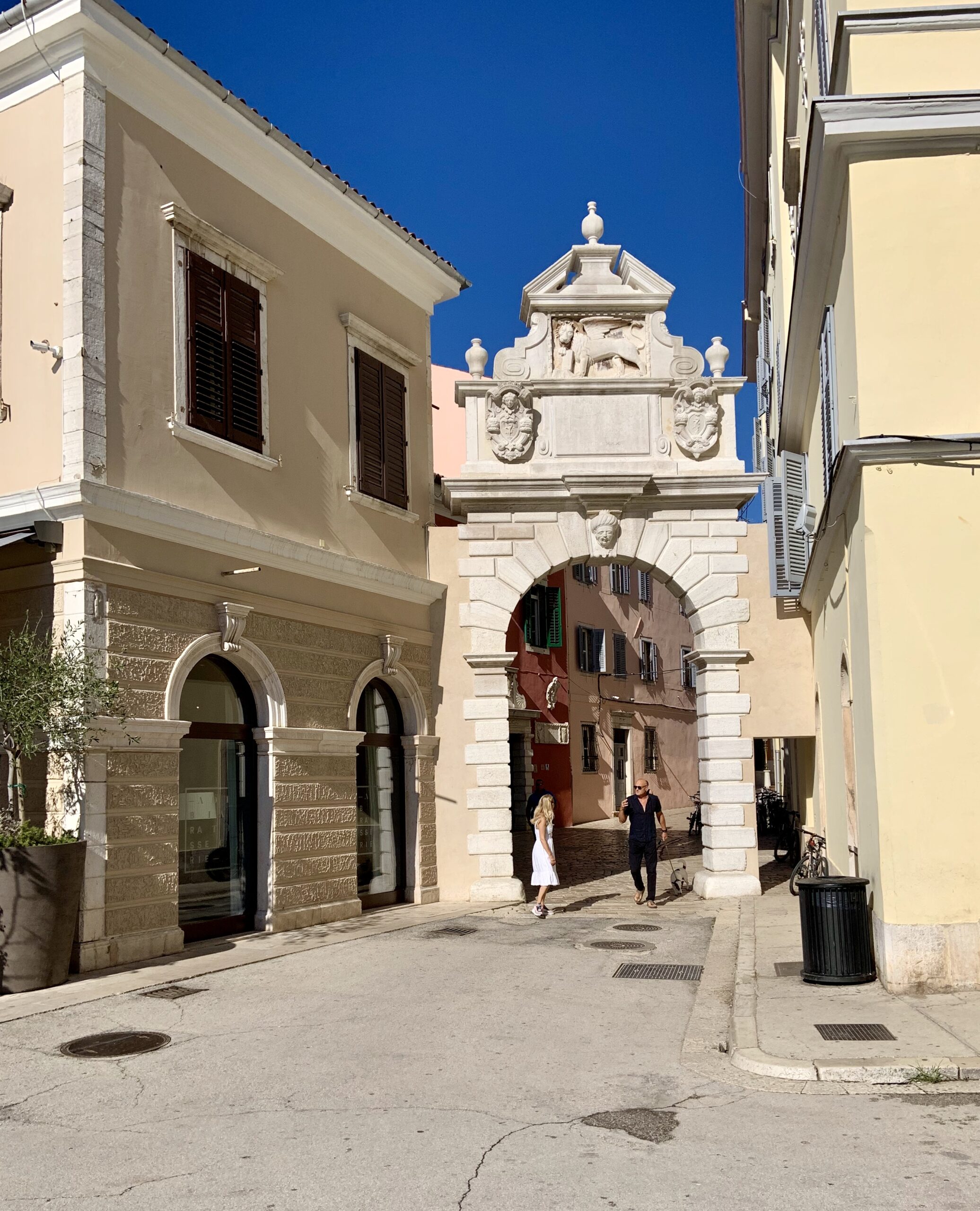
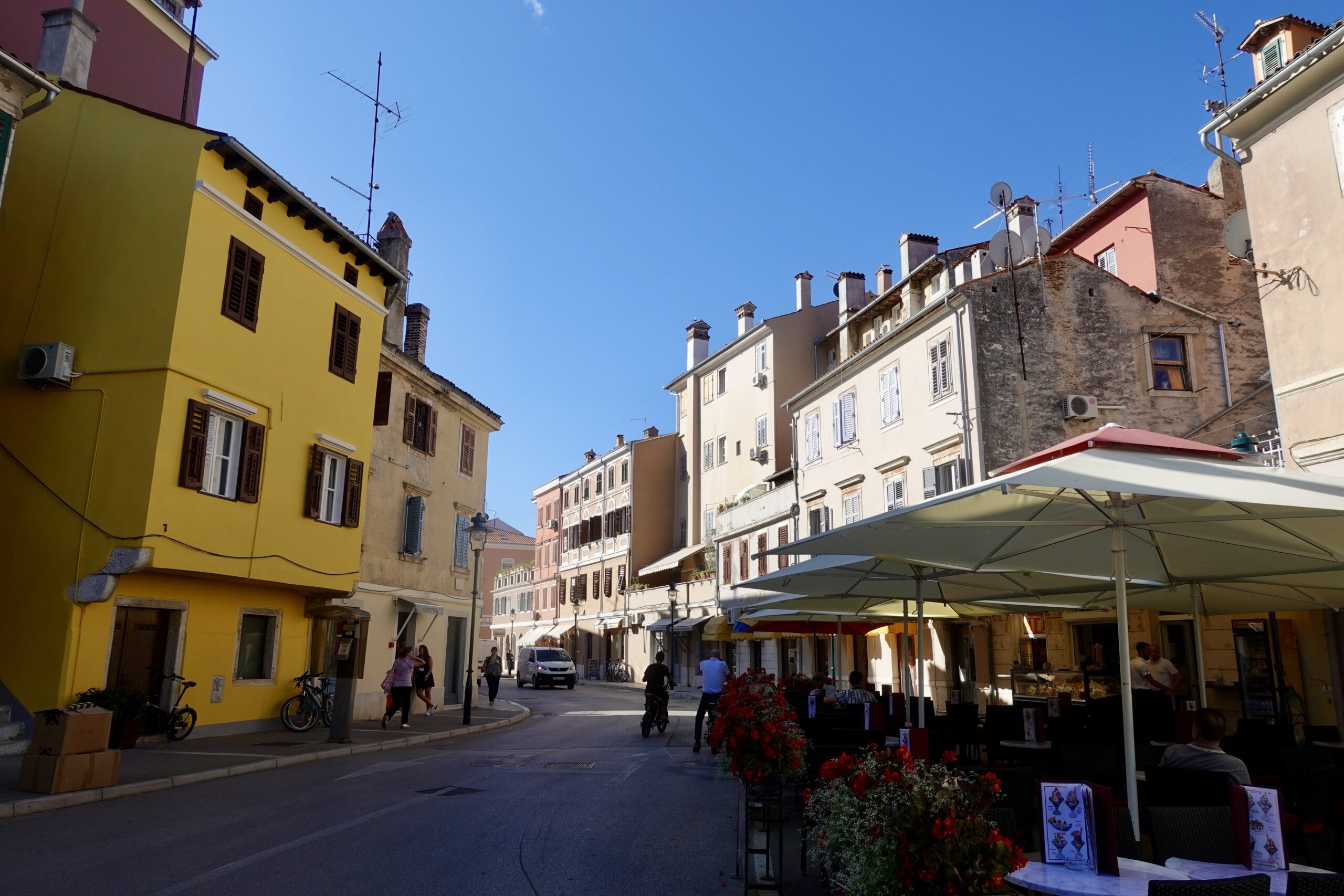
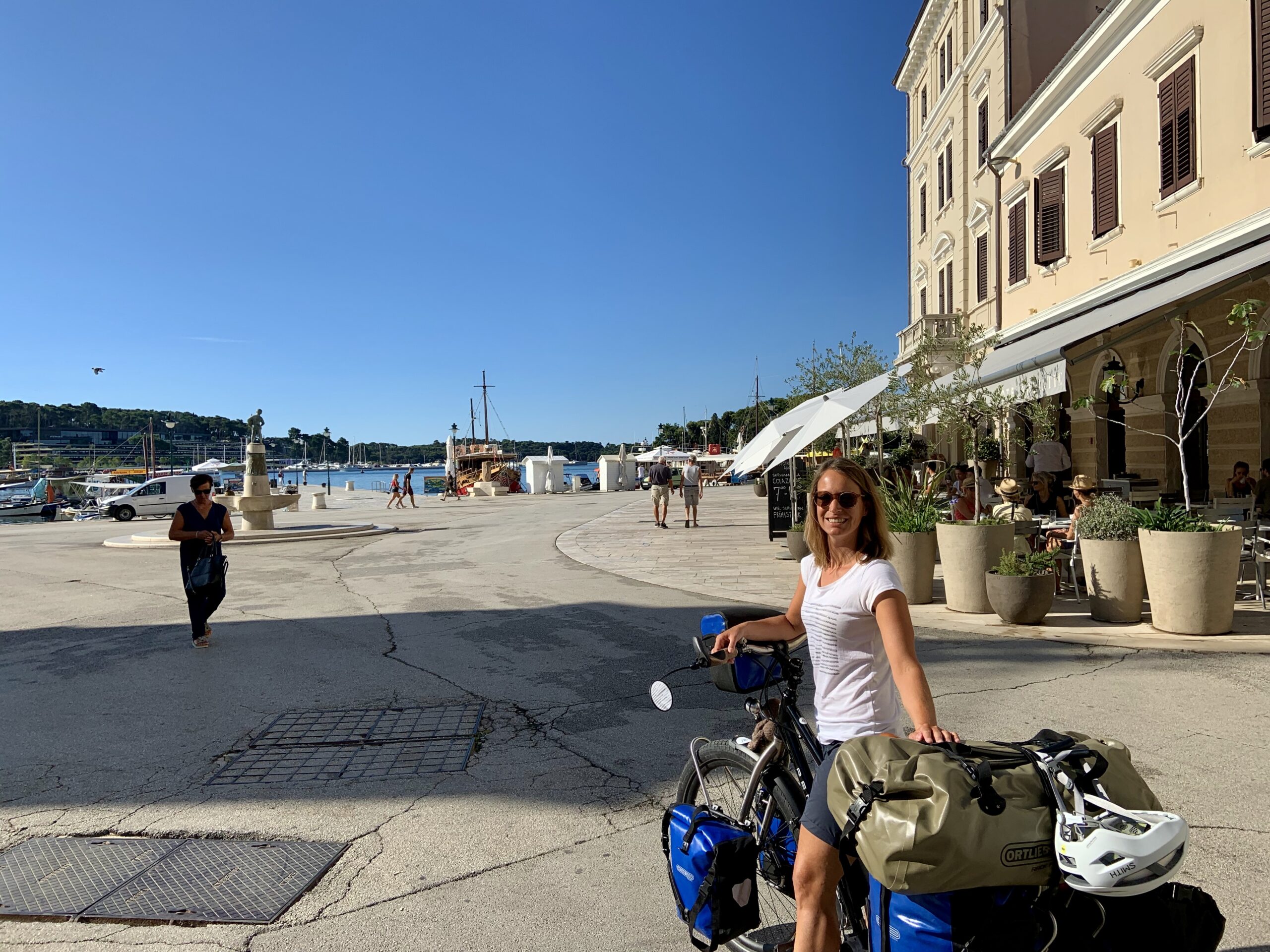
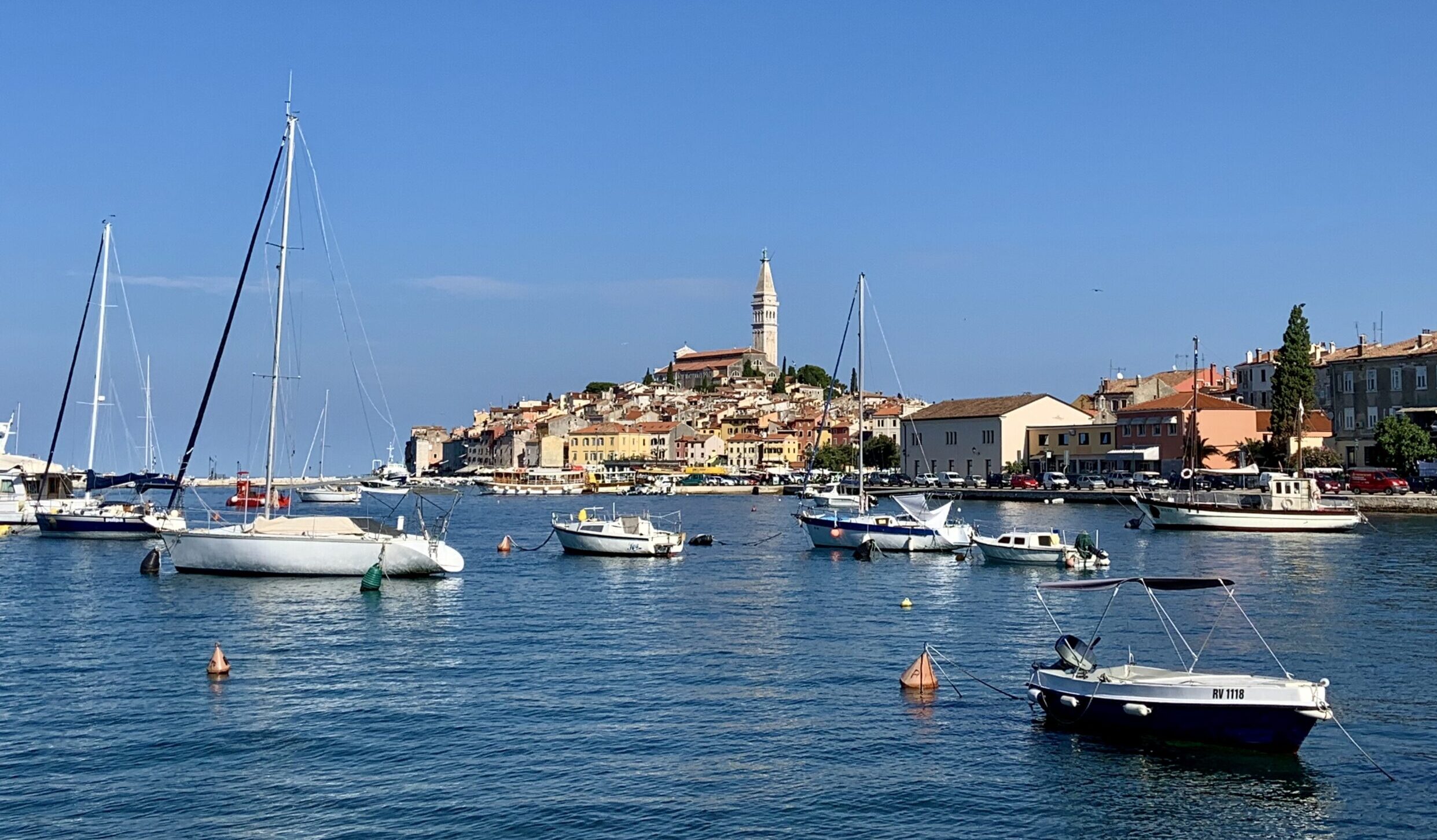
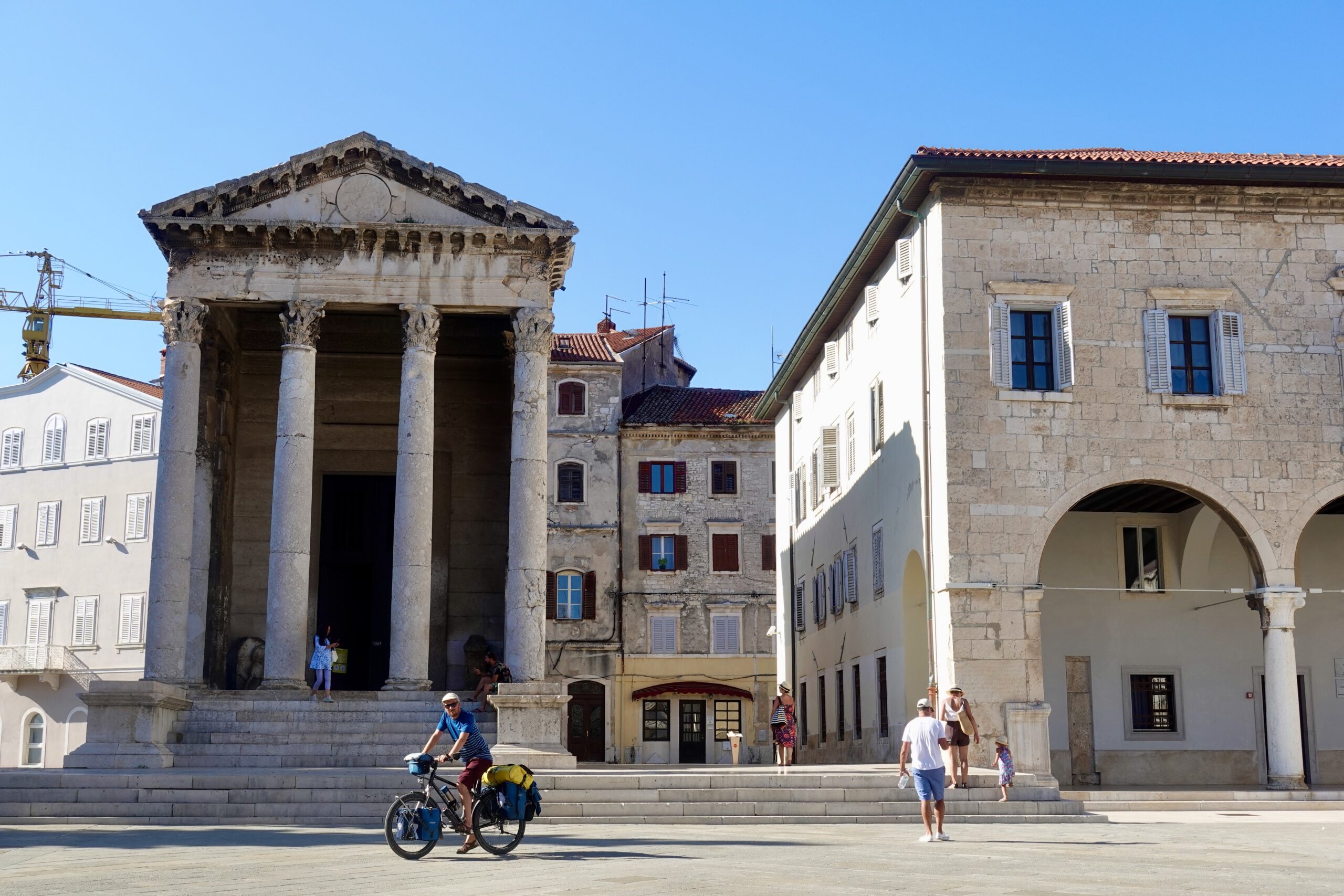
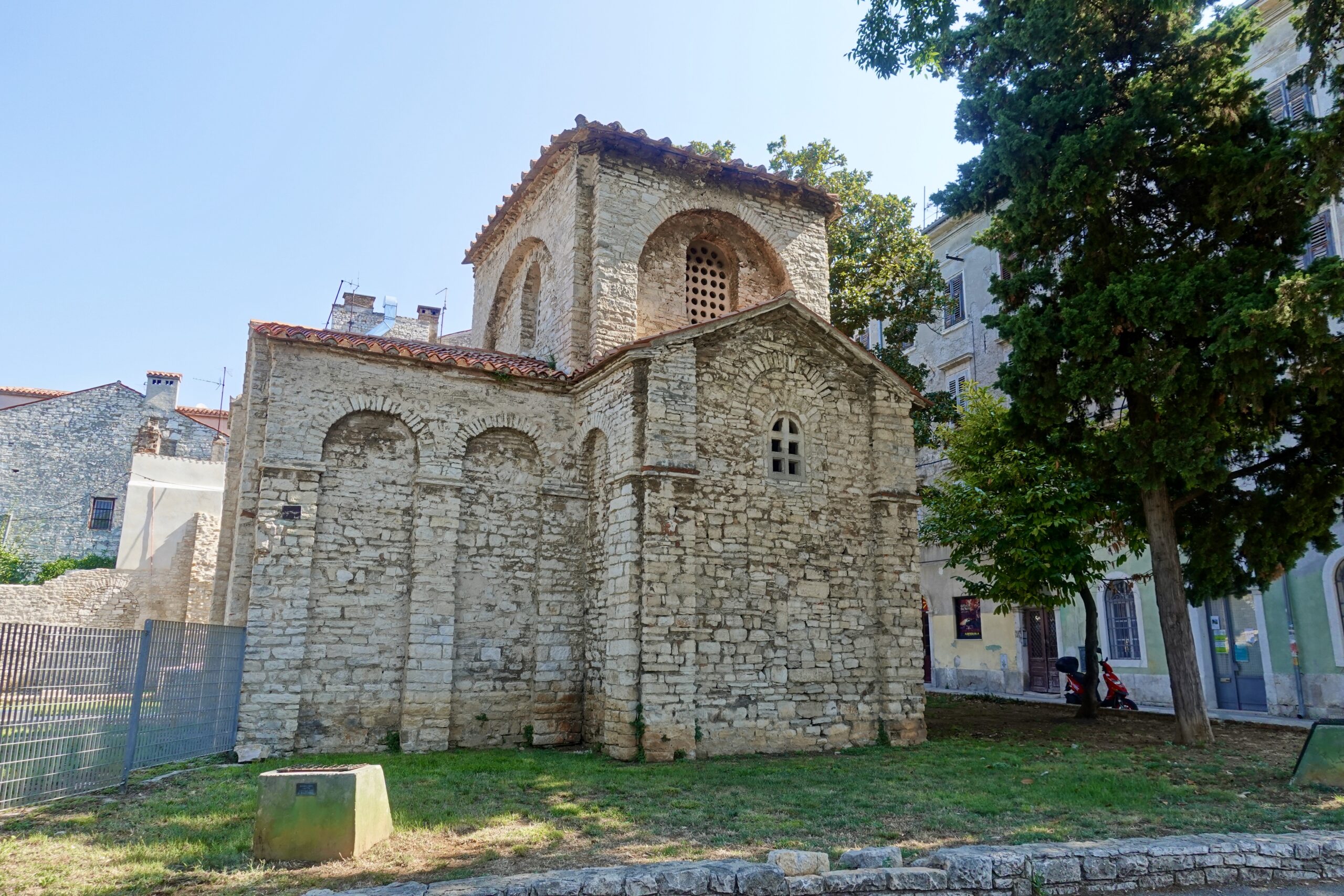
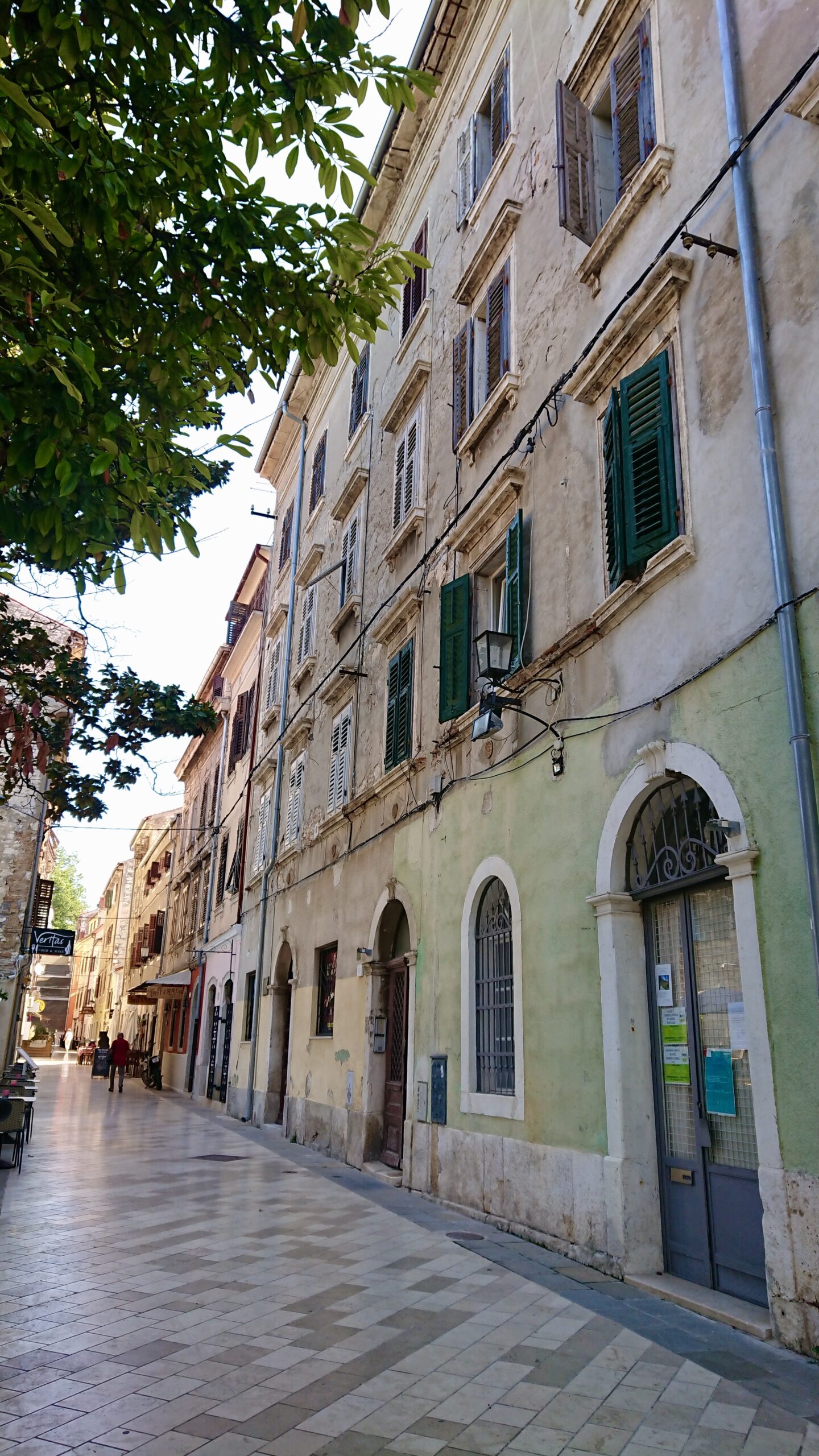
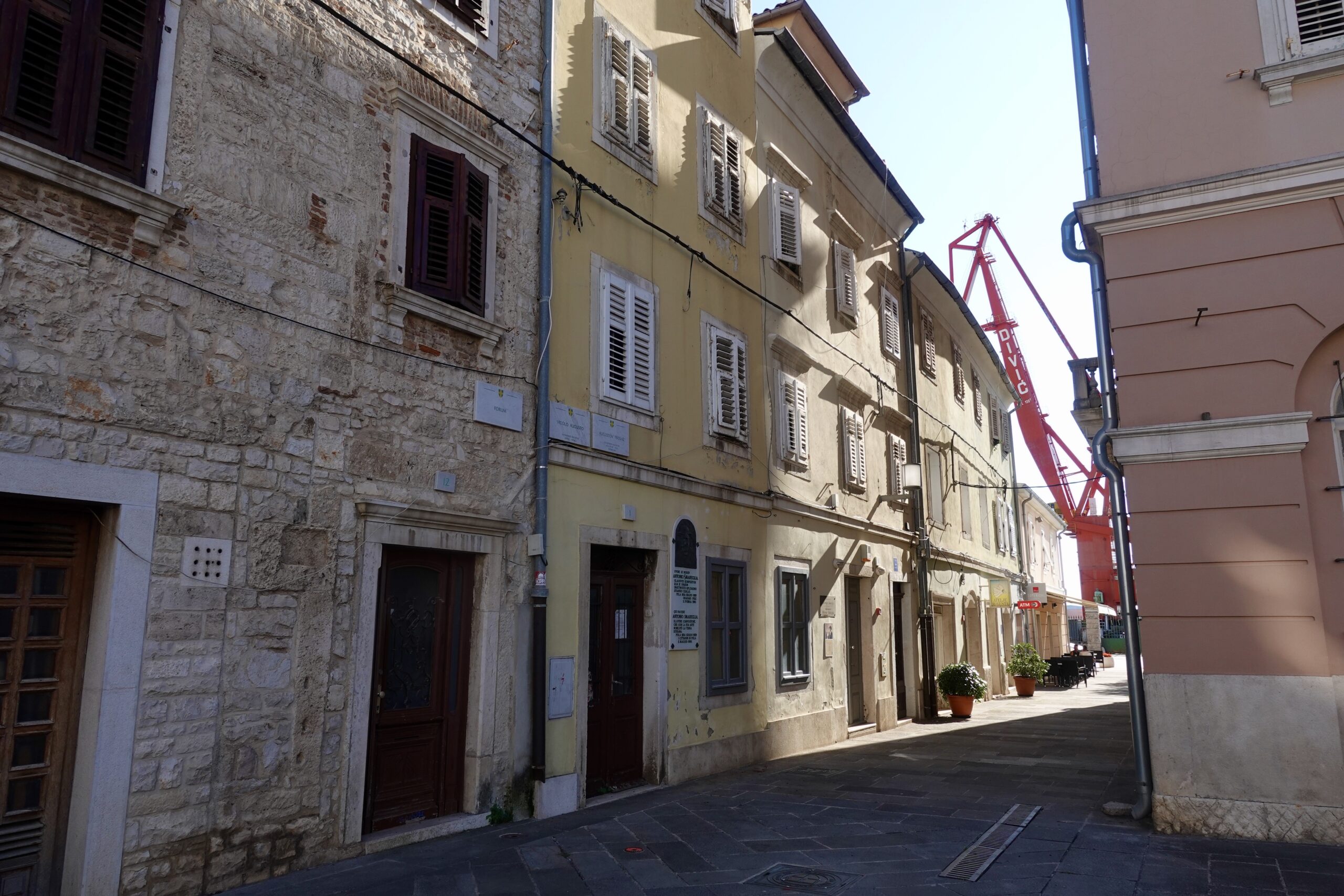
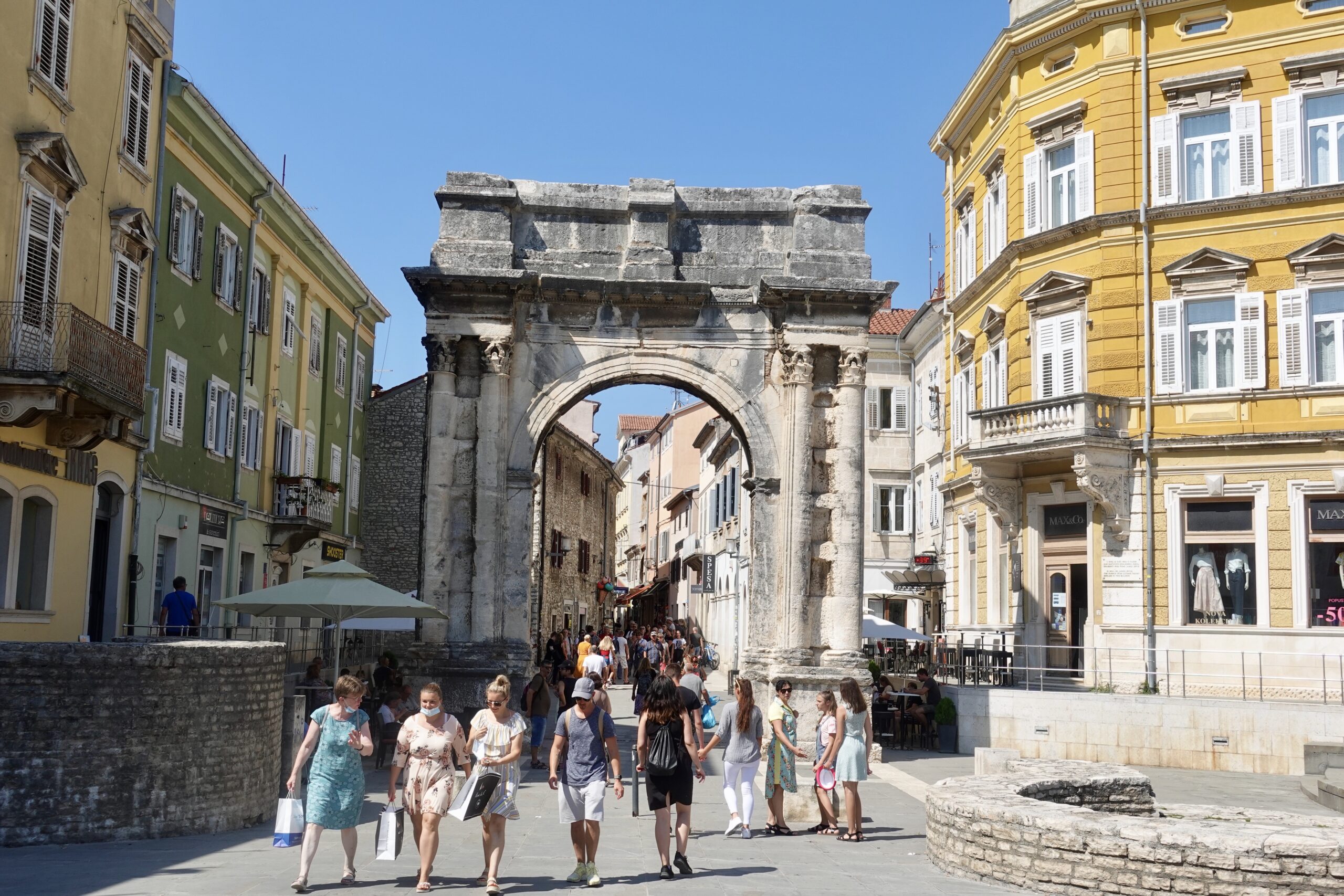
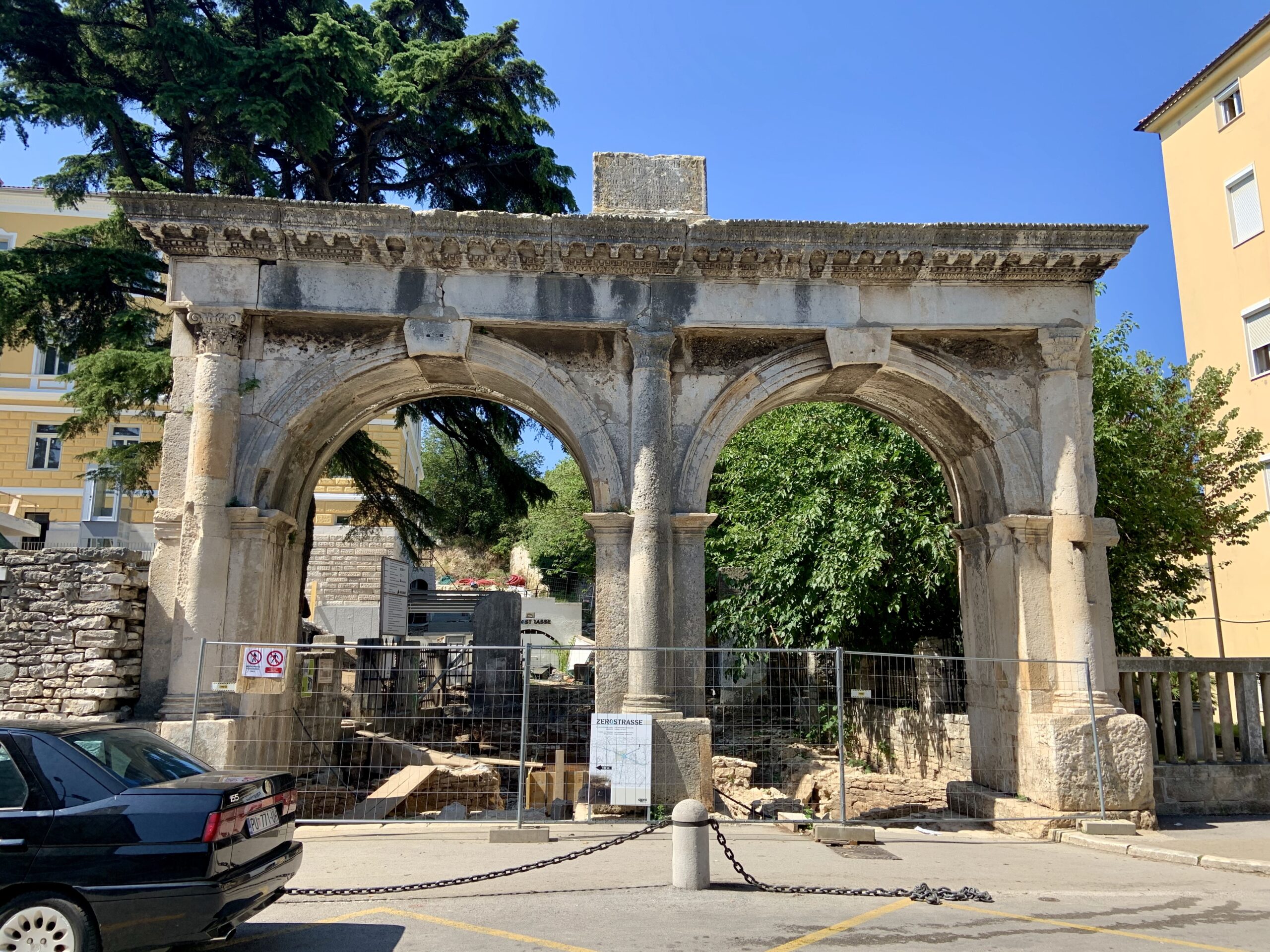
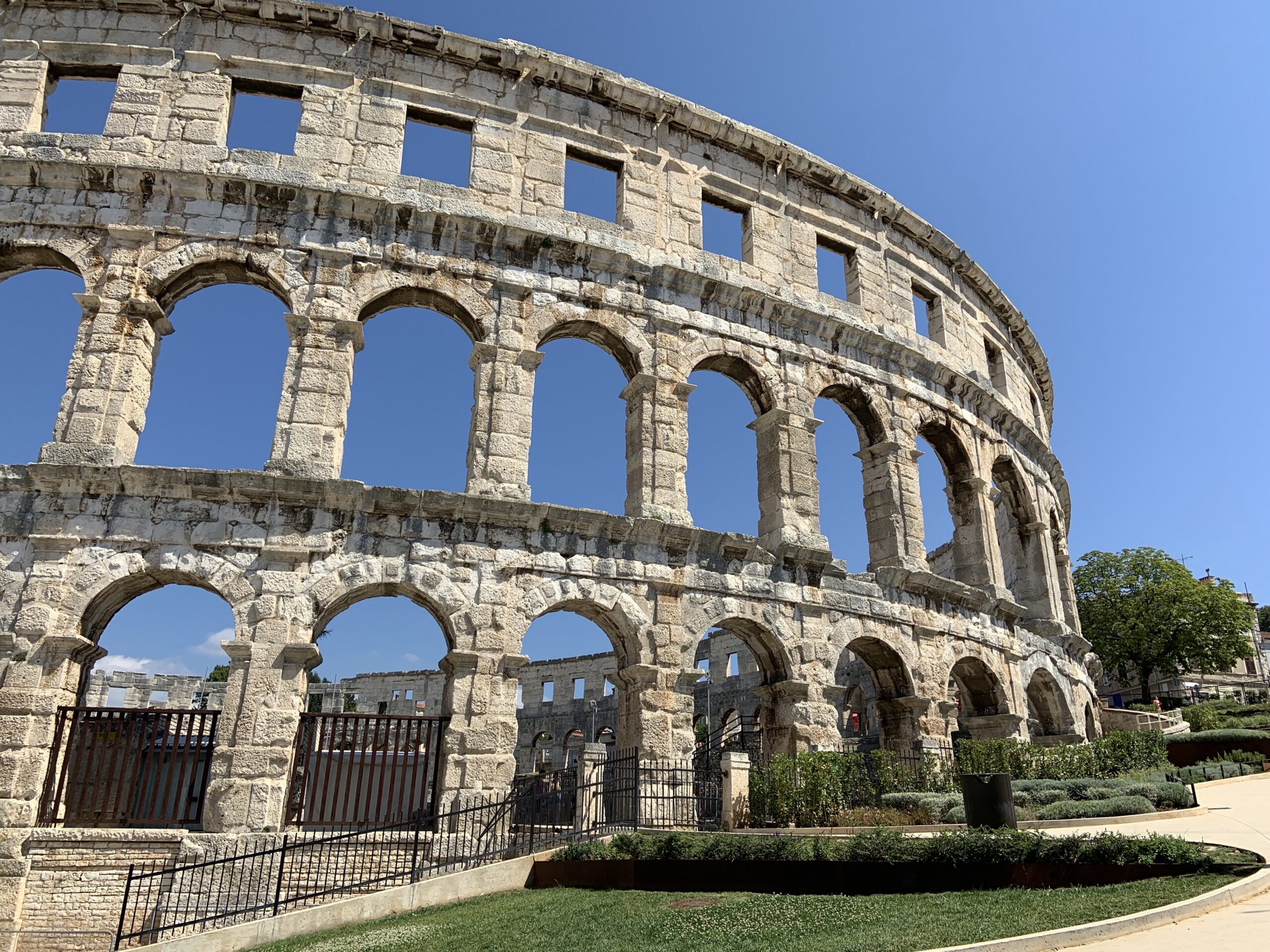
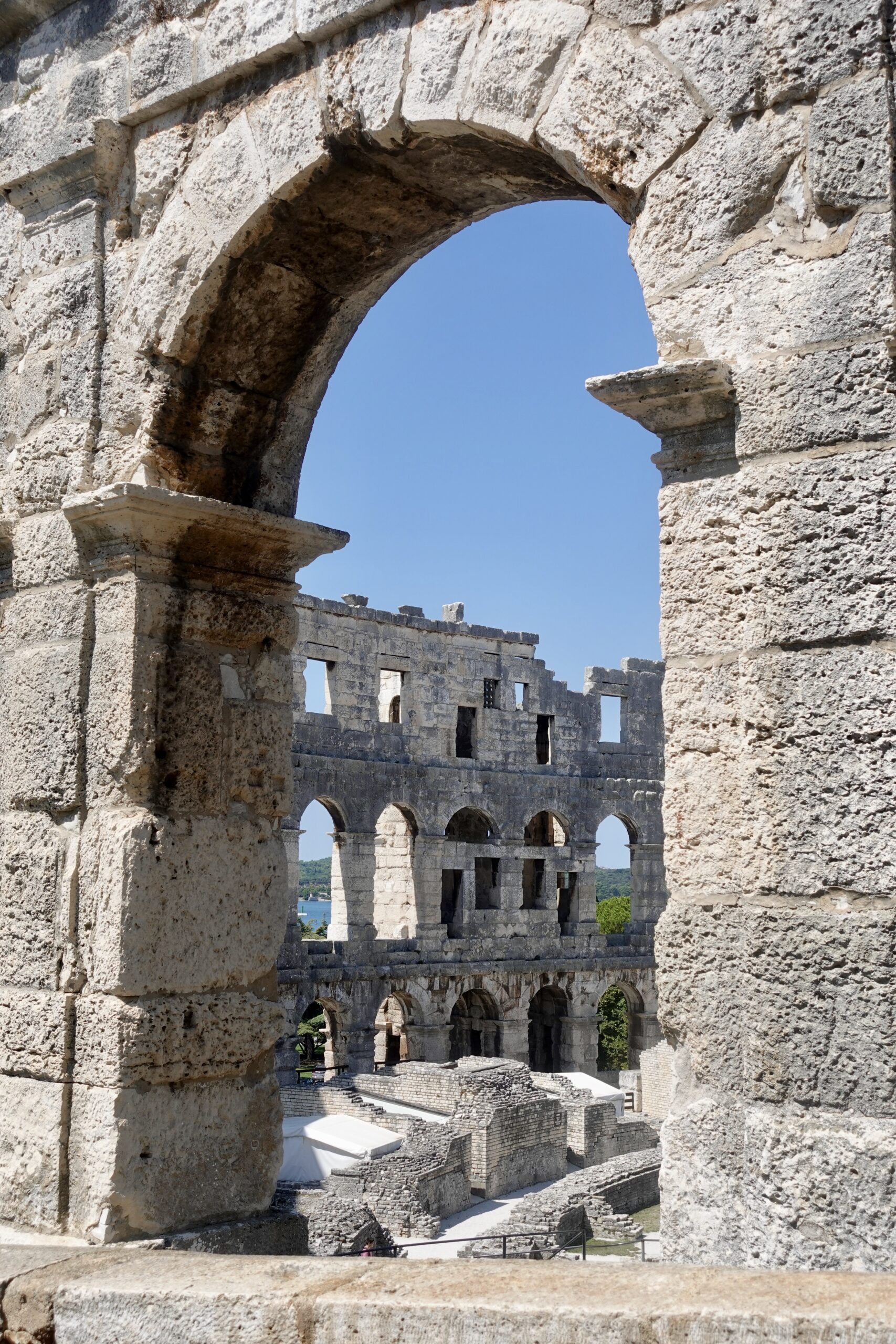
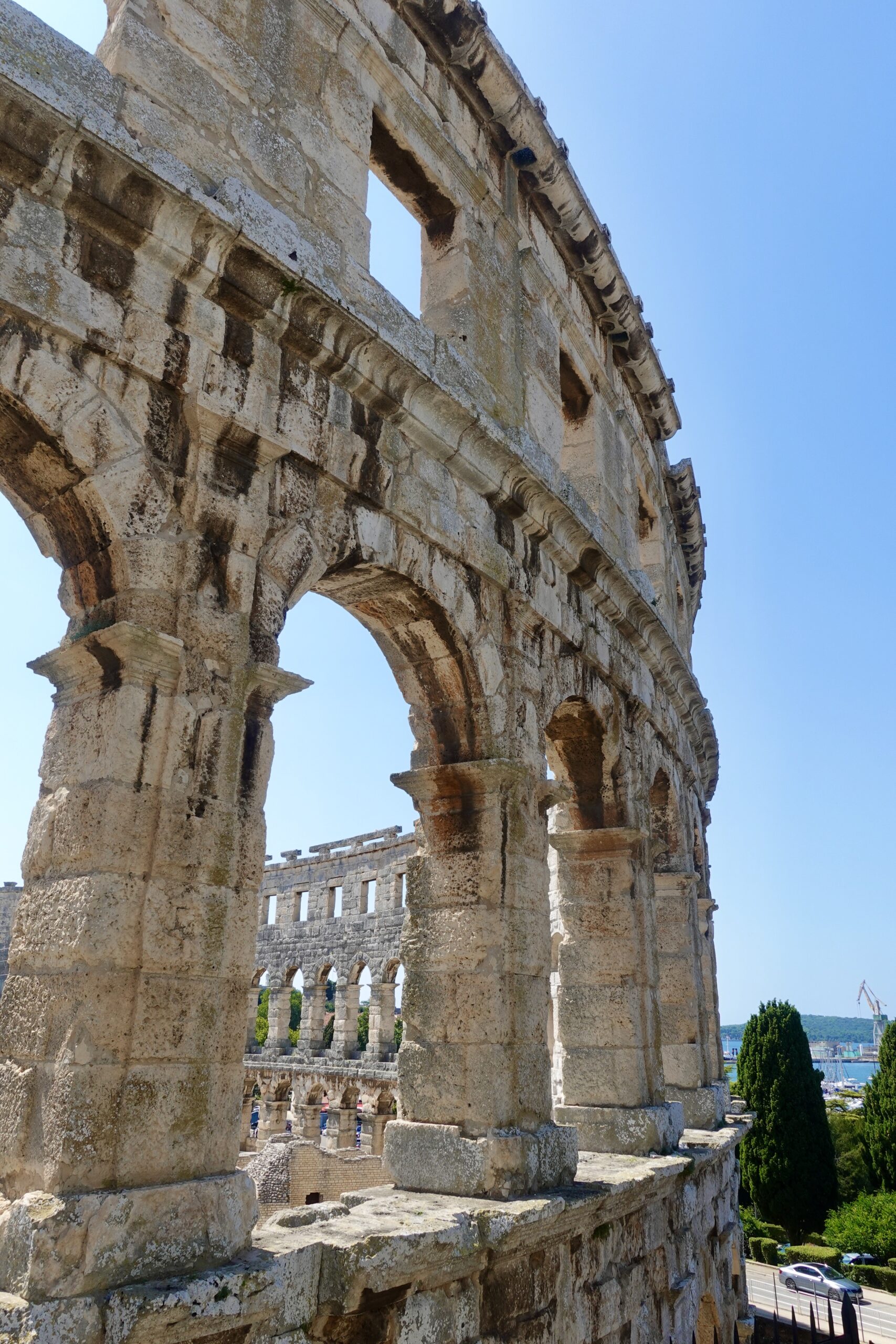
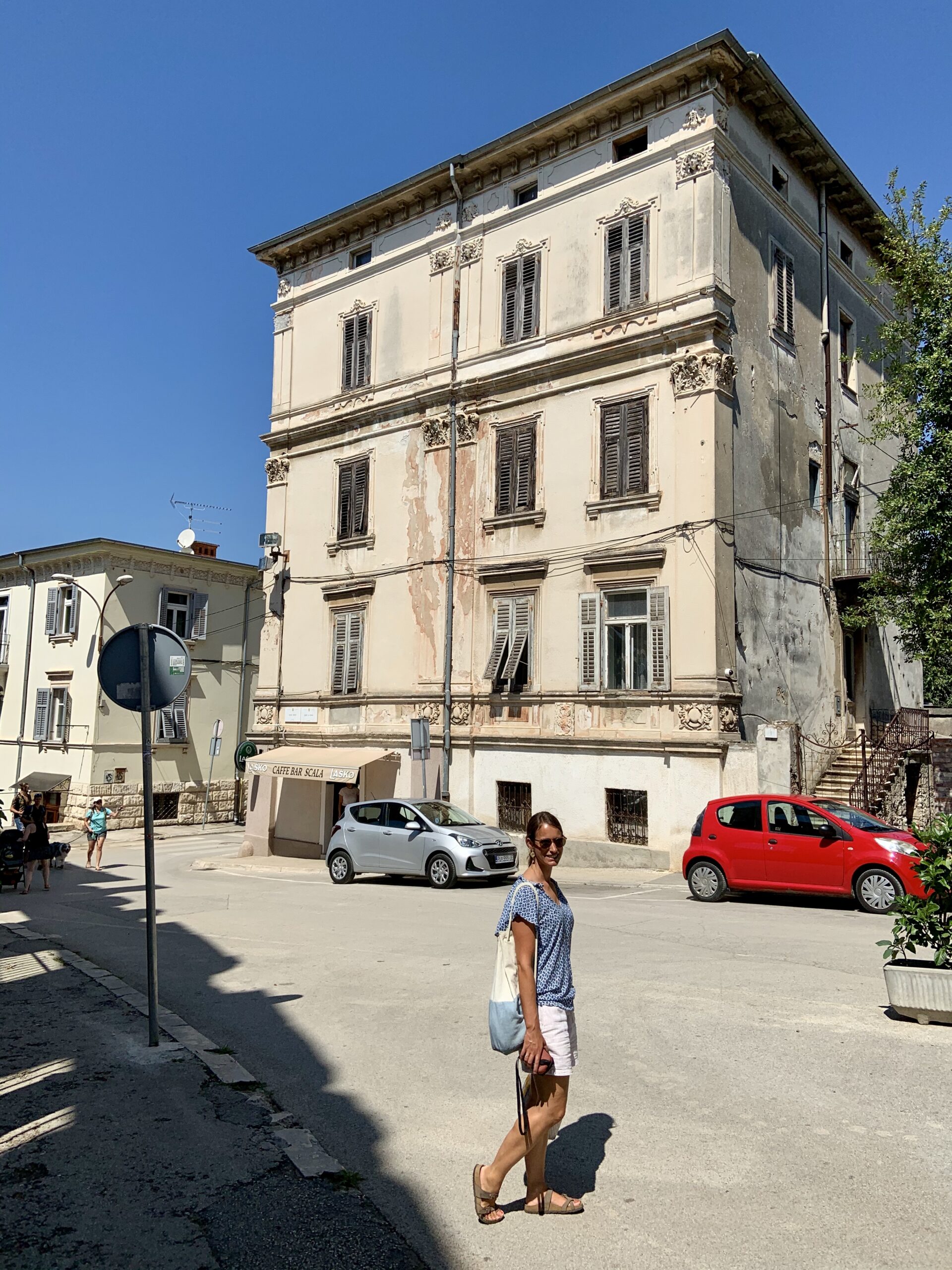
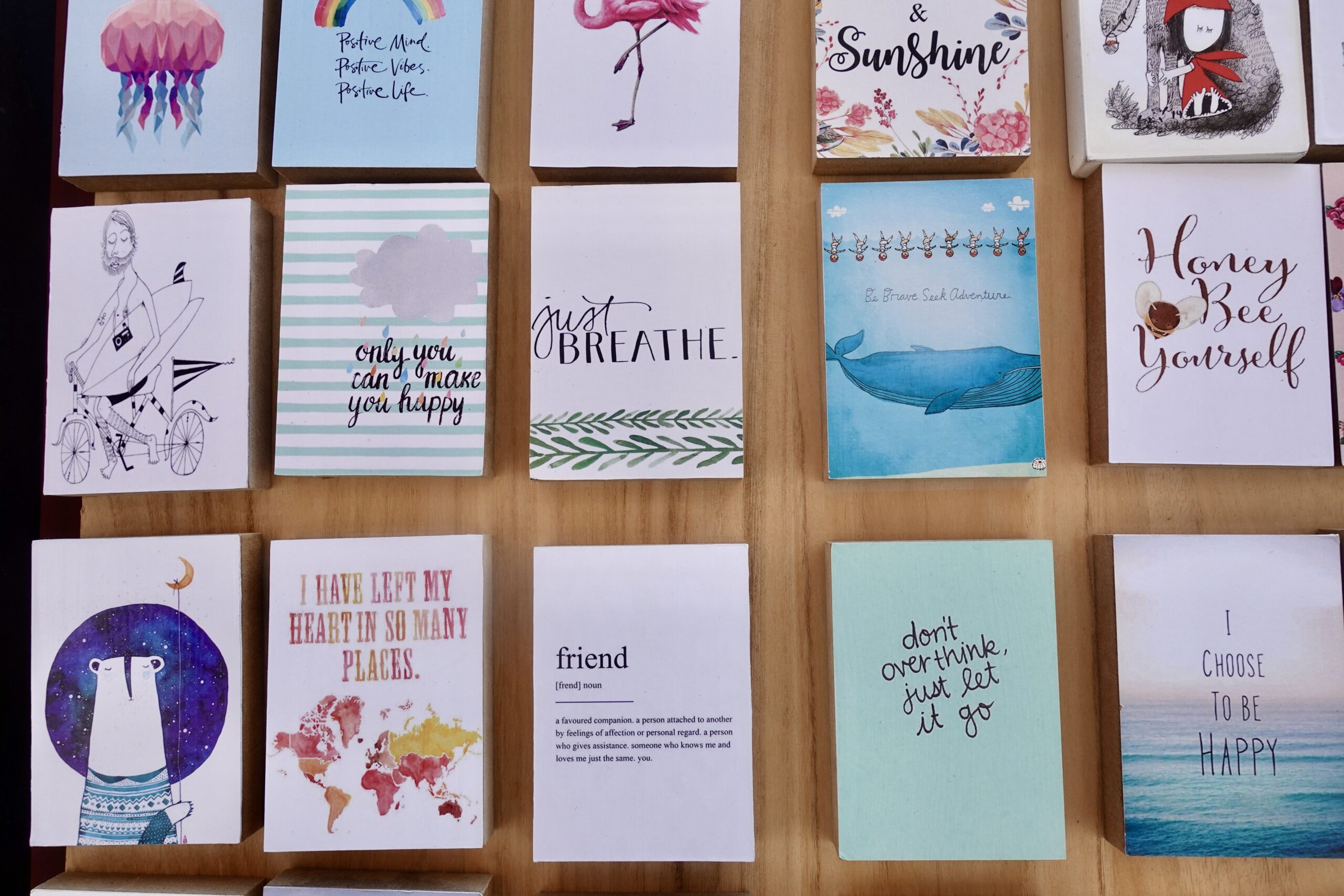
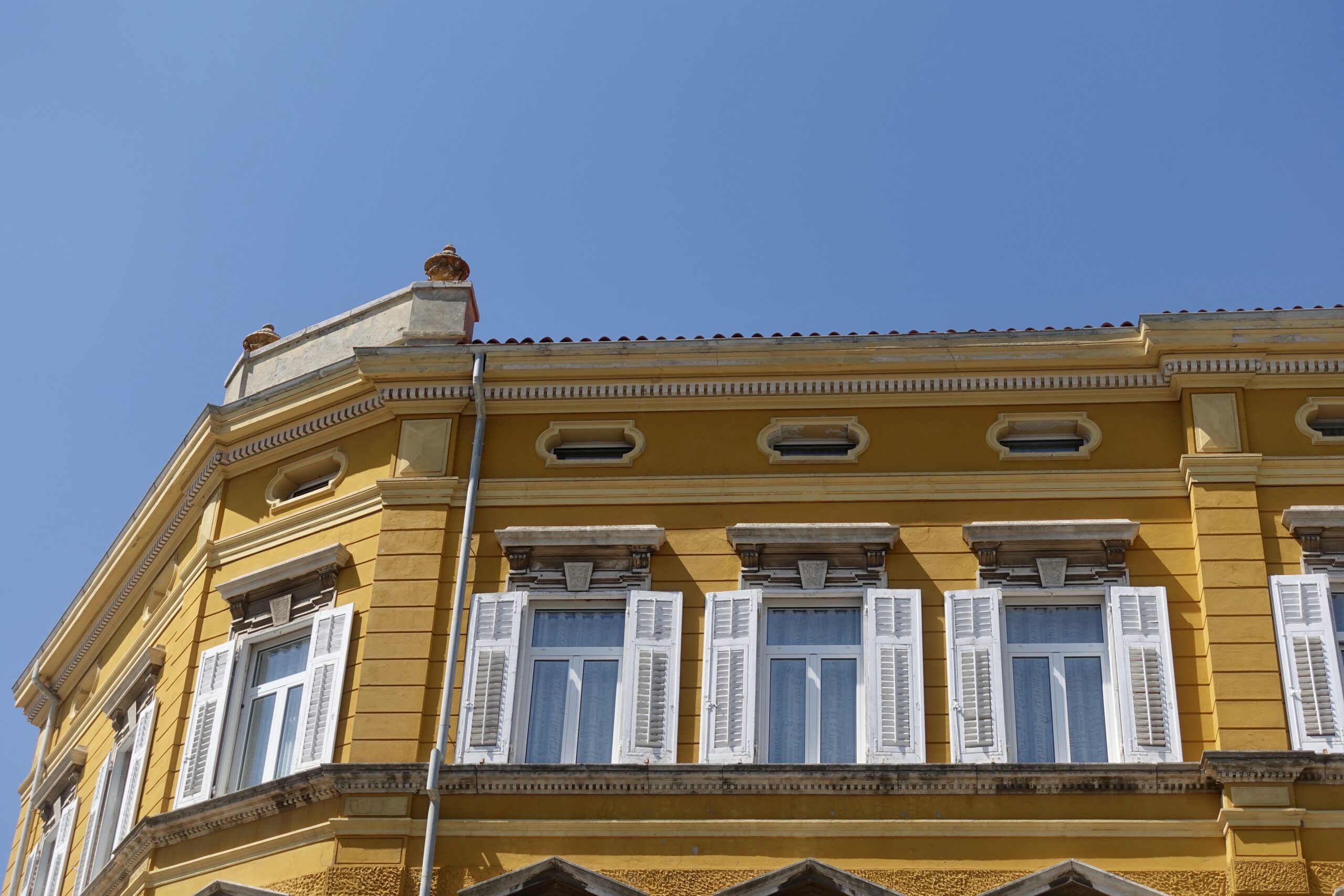
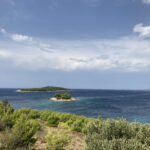
Leave a Reply